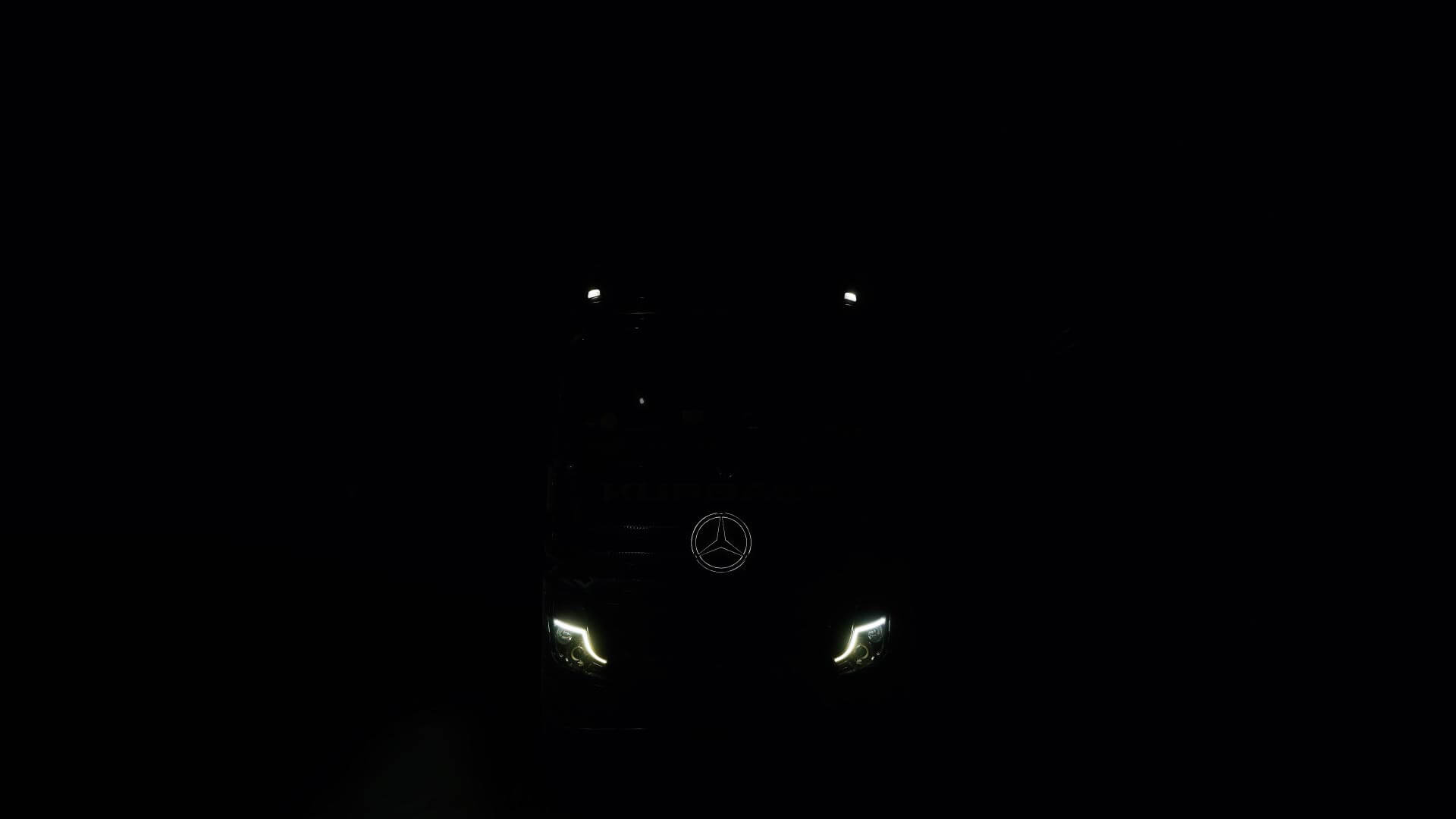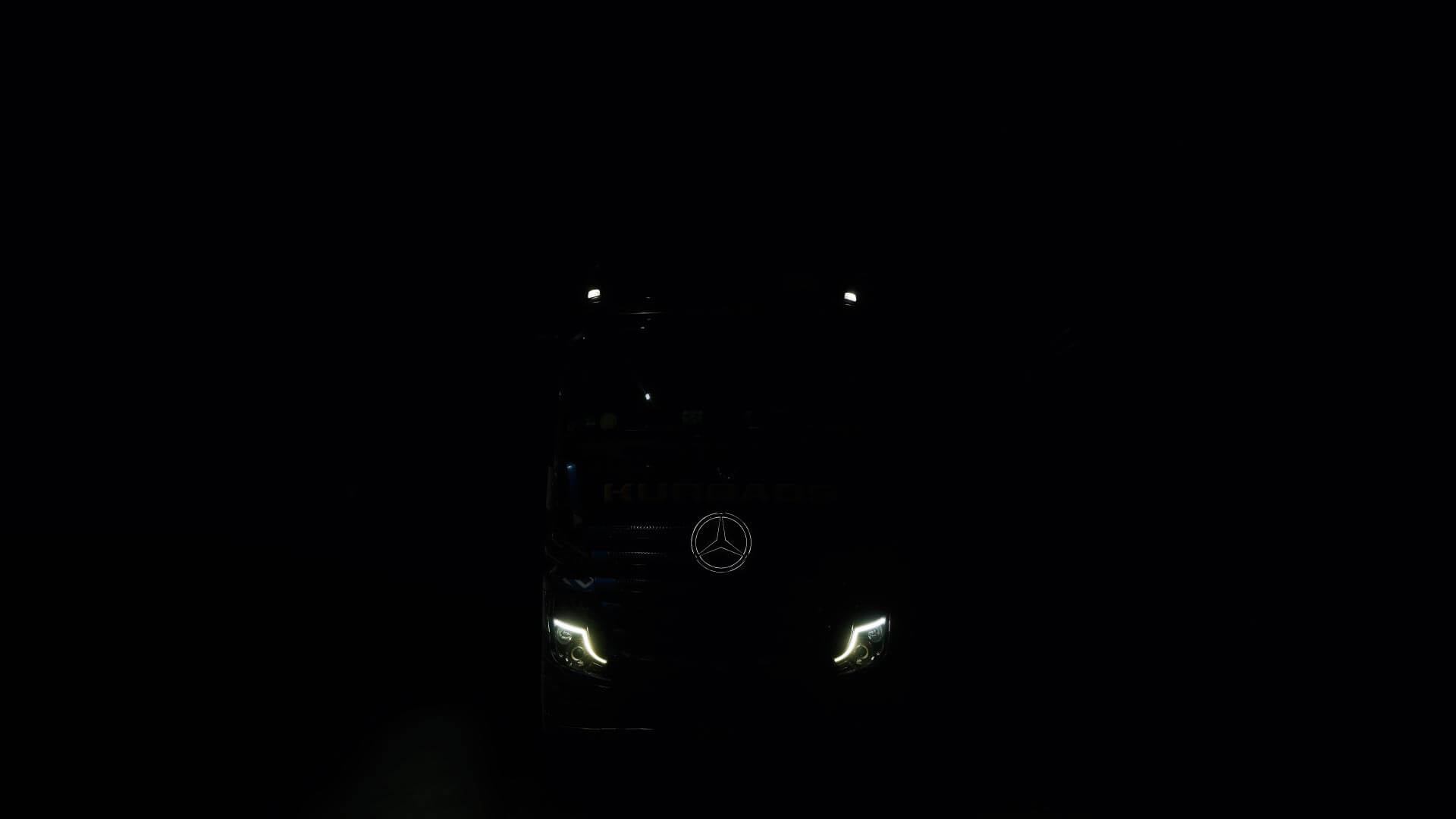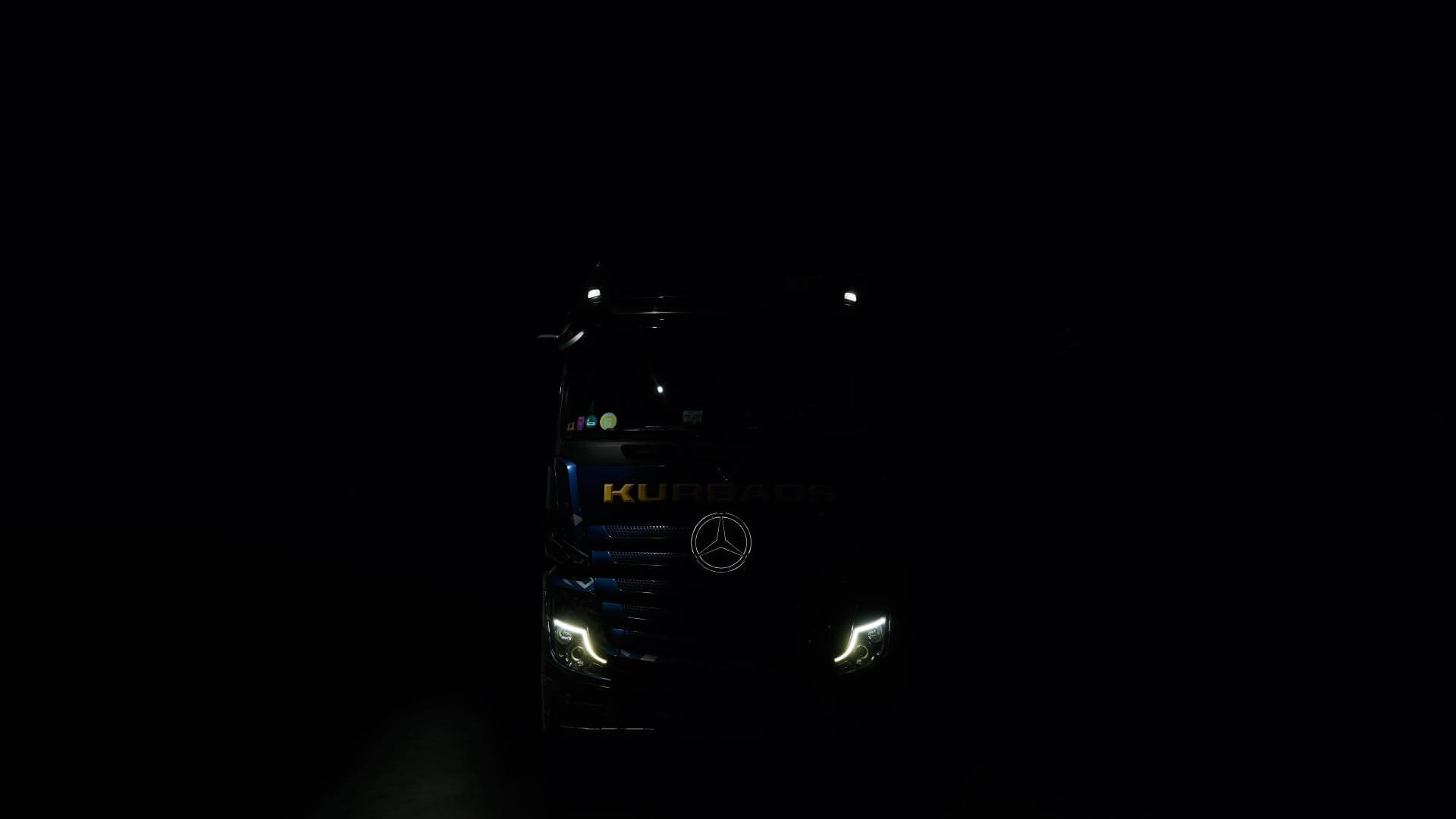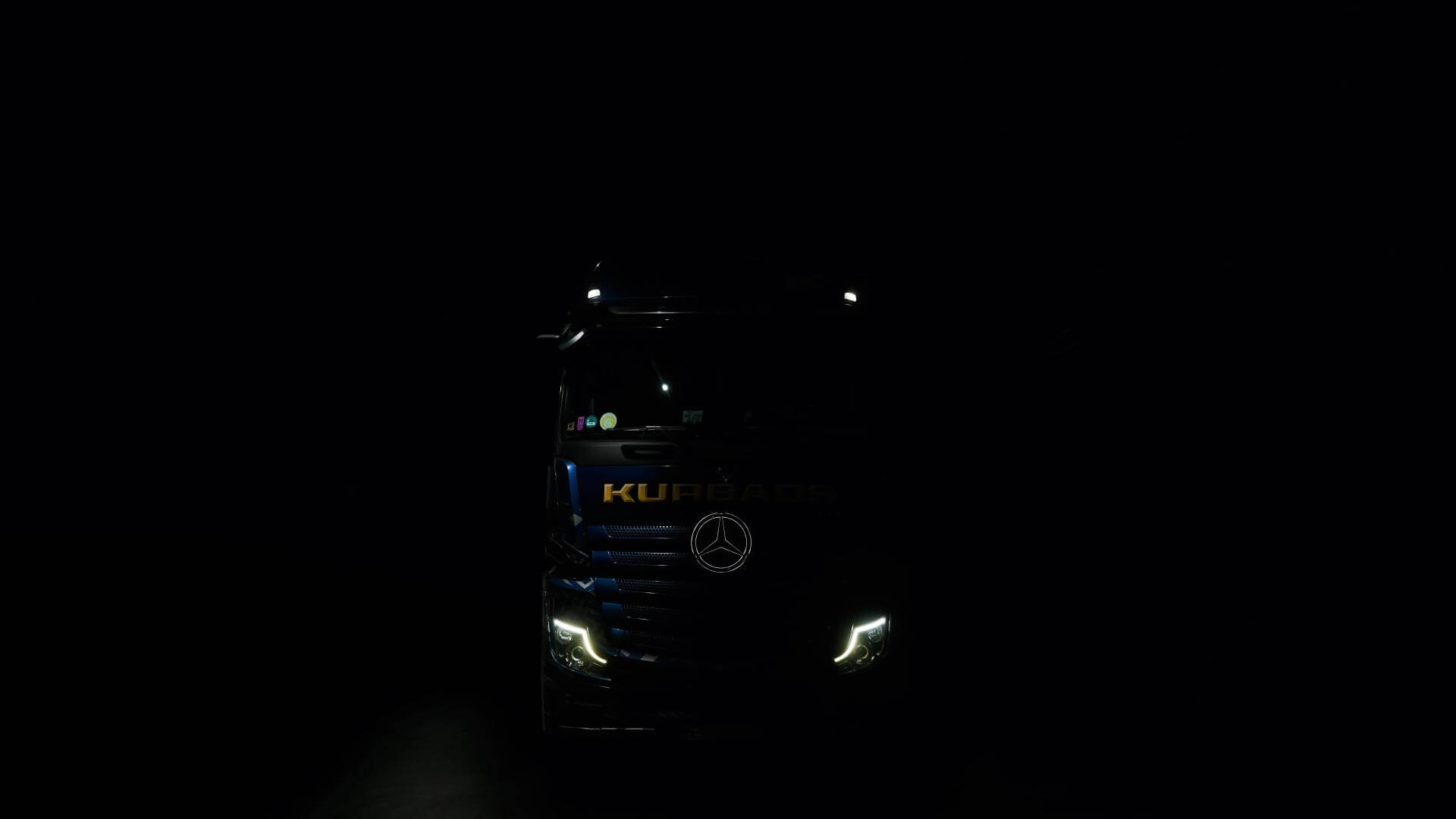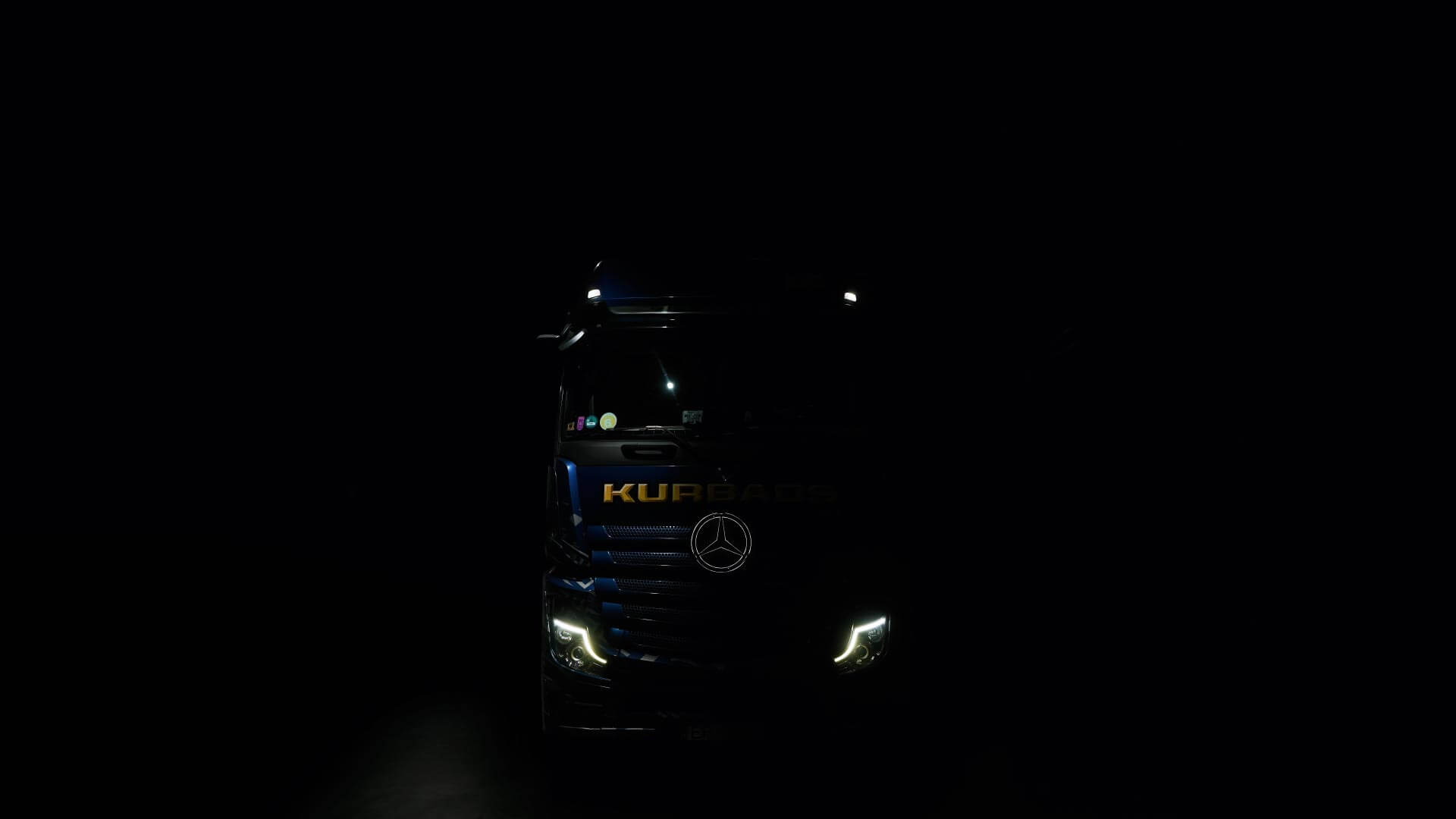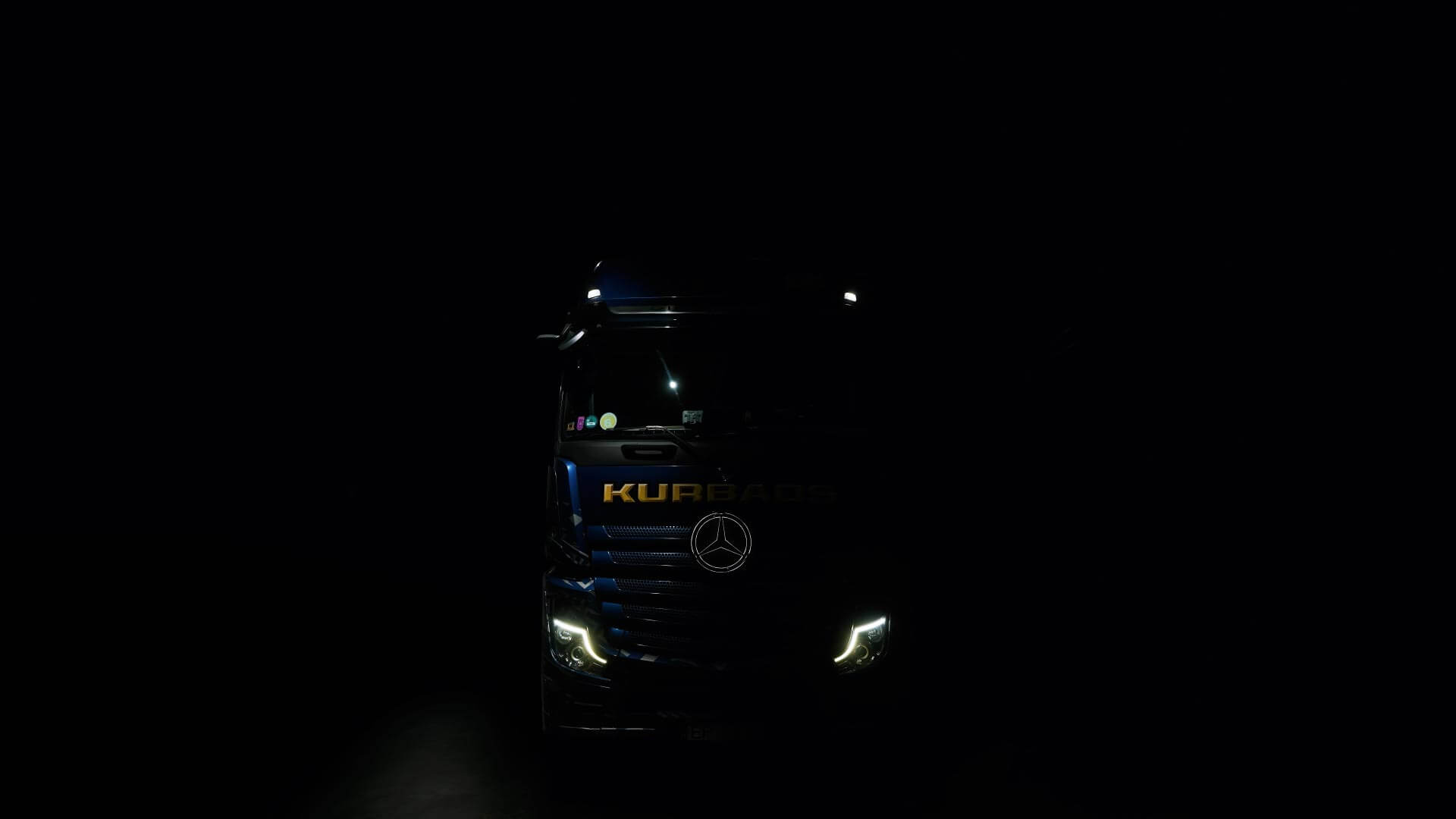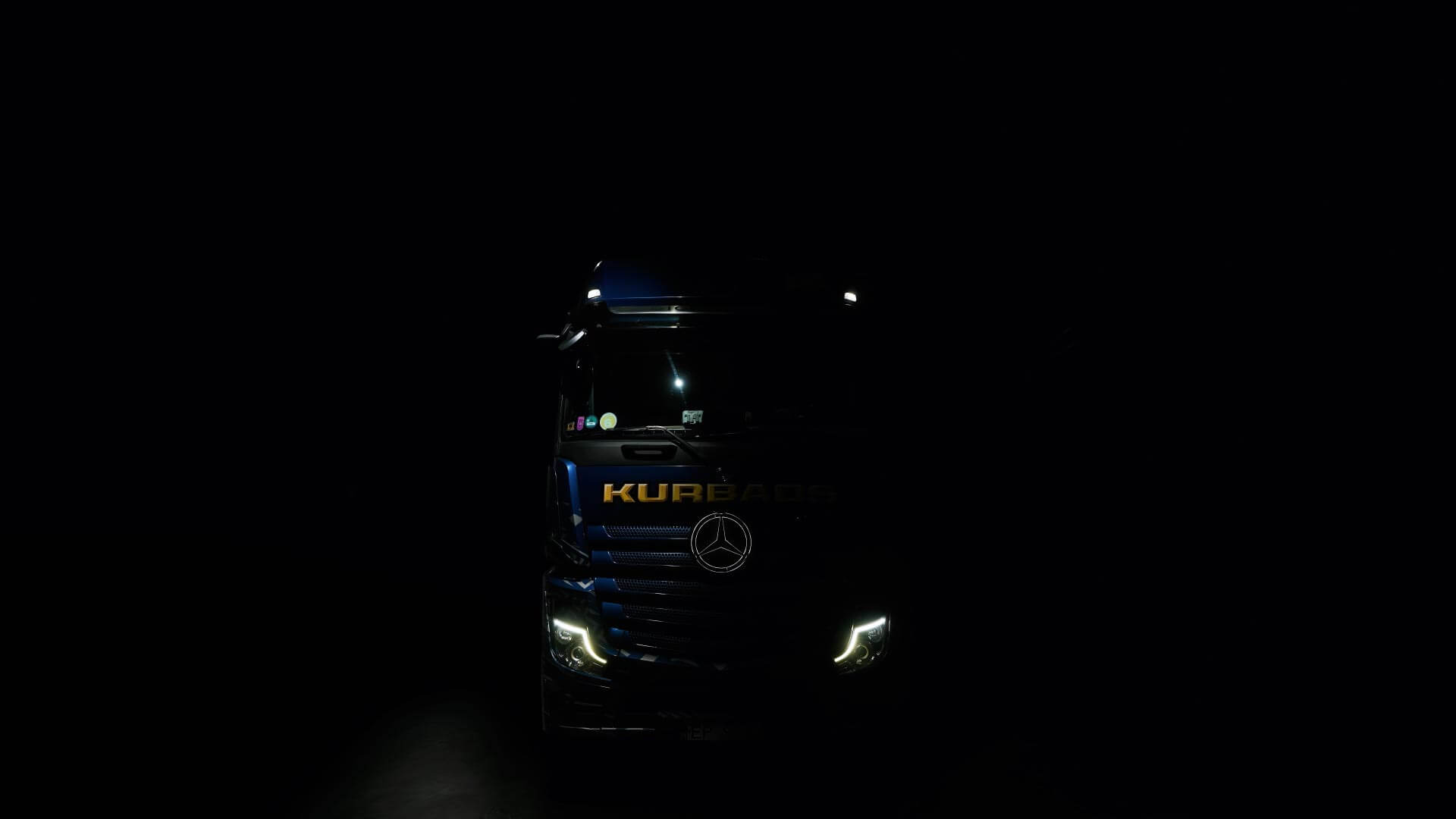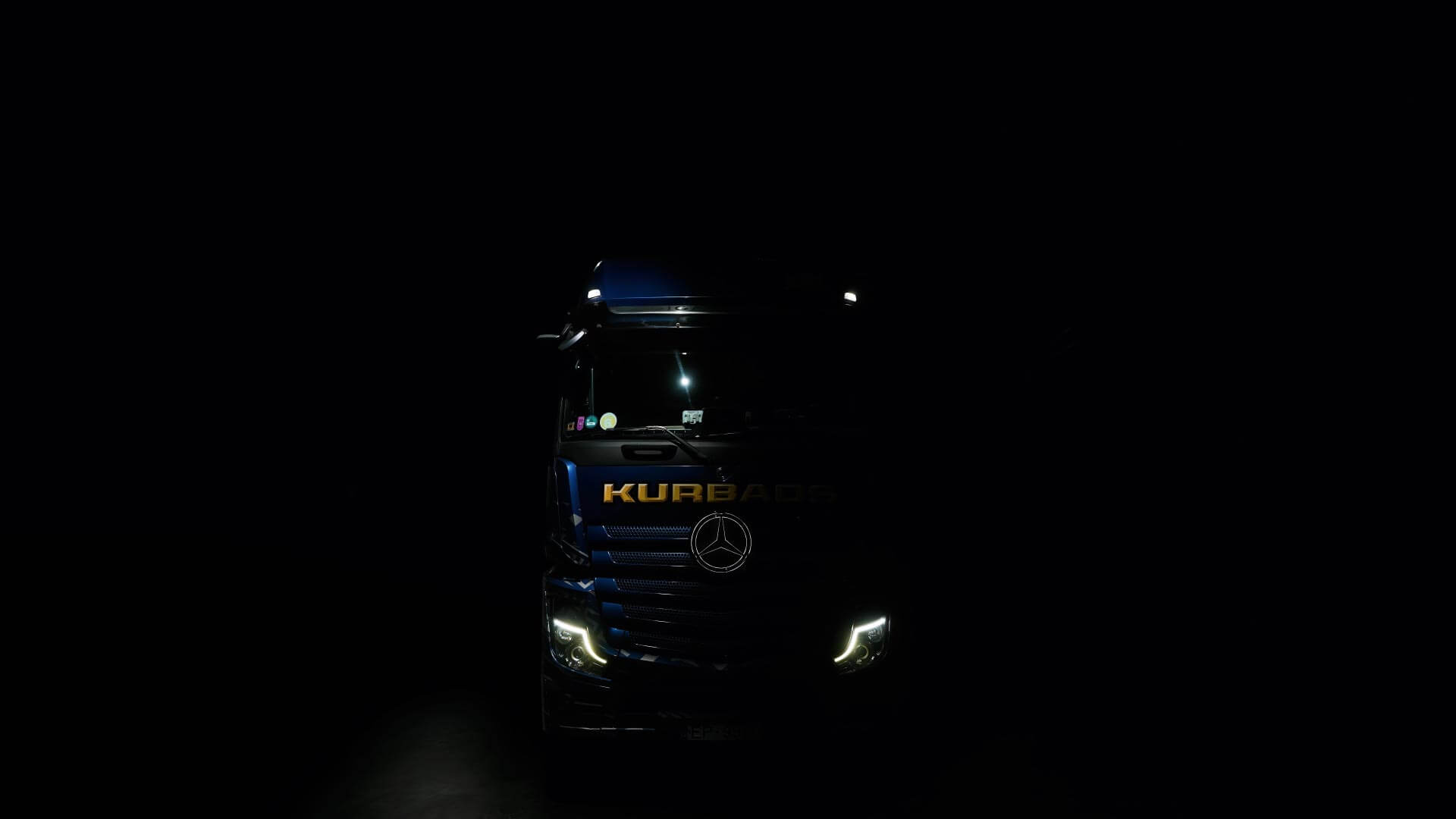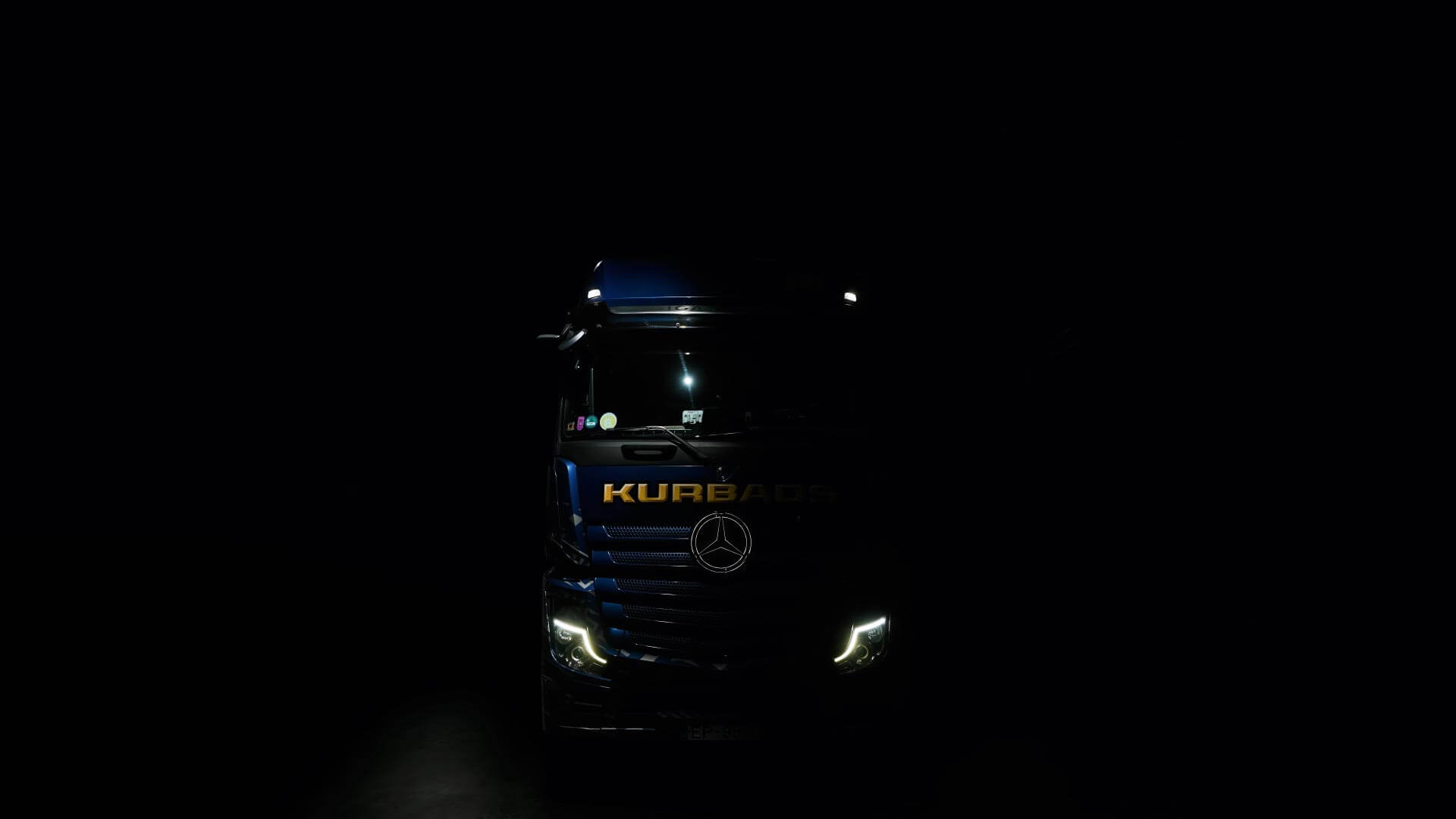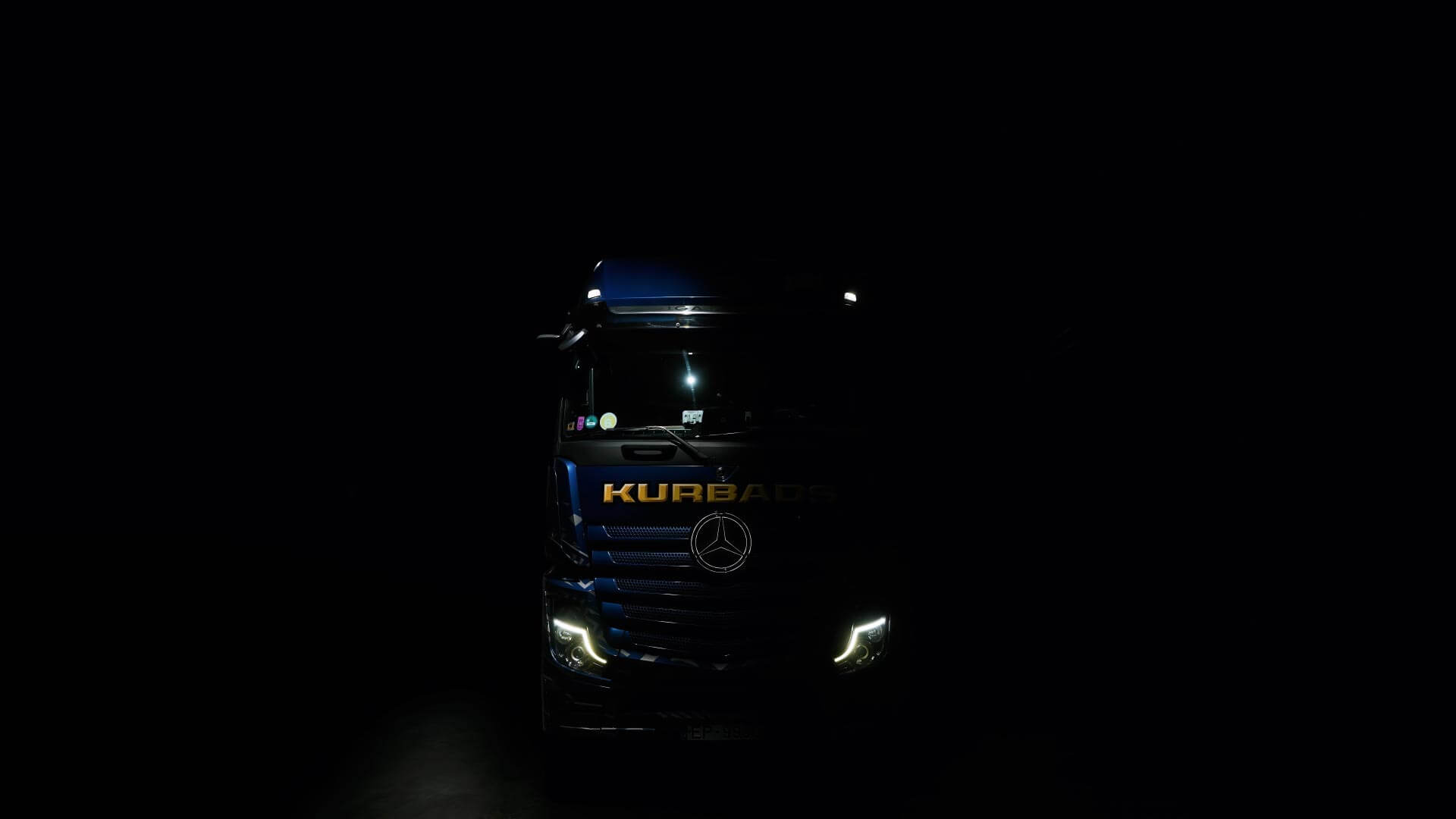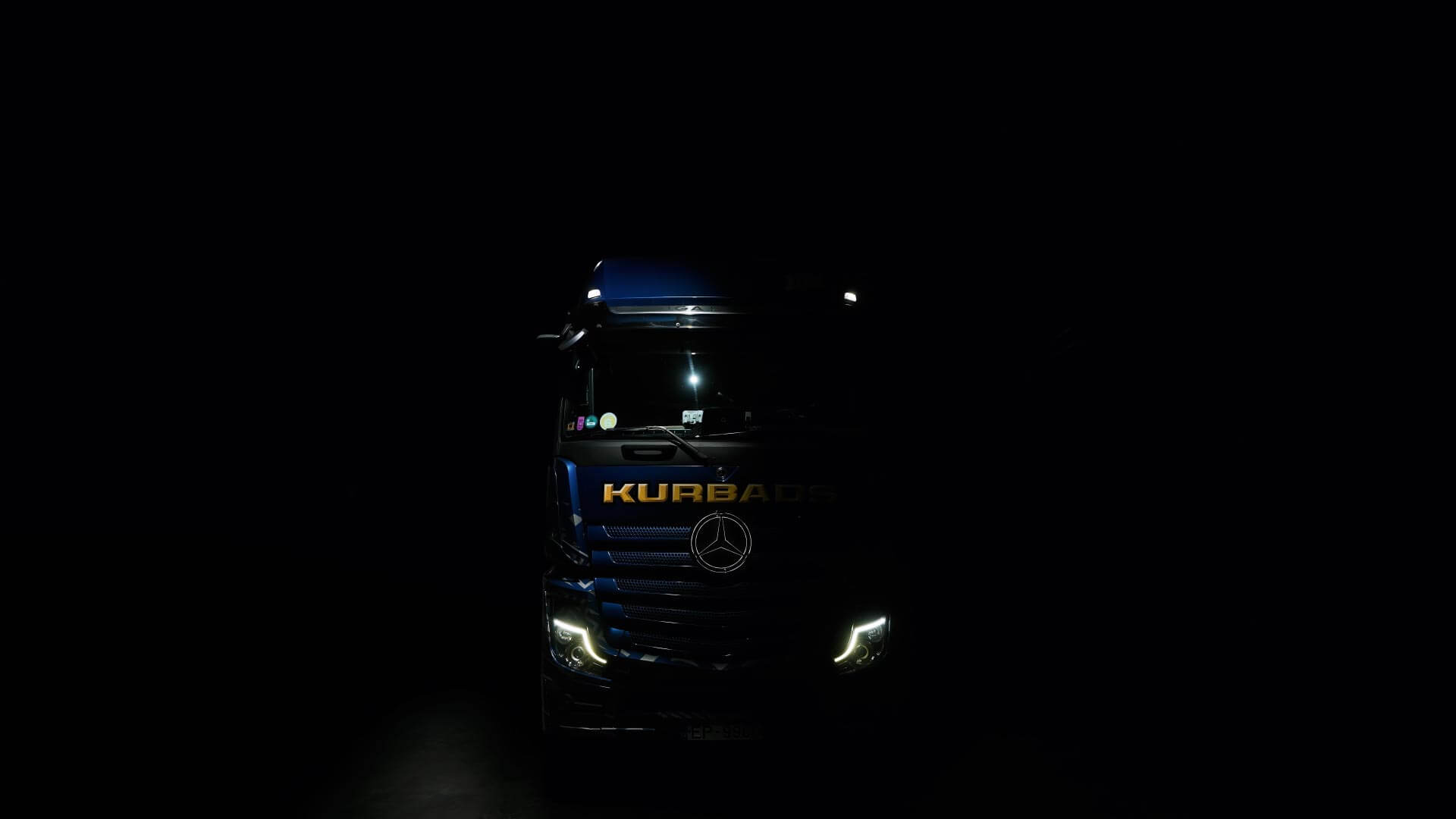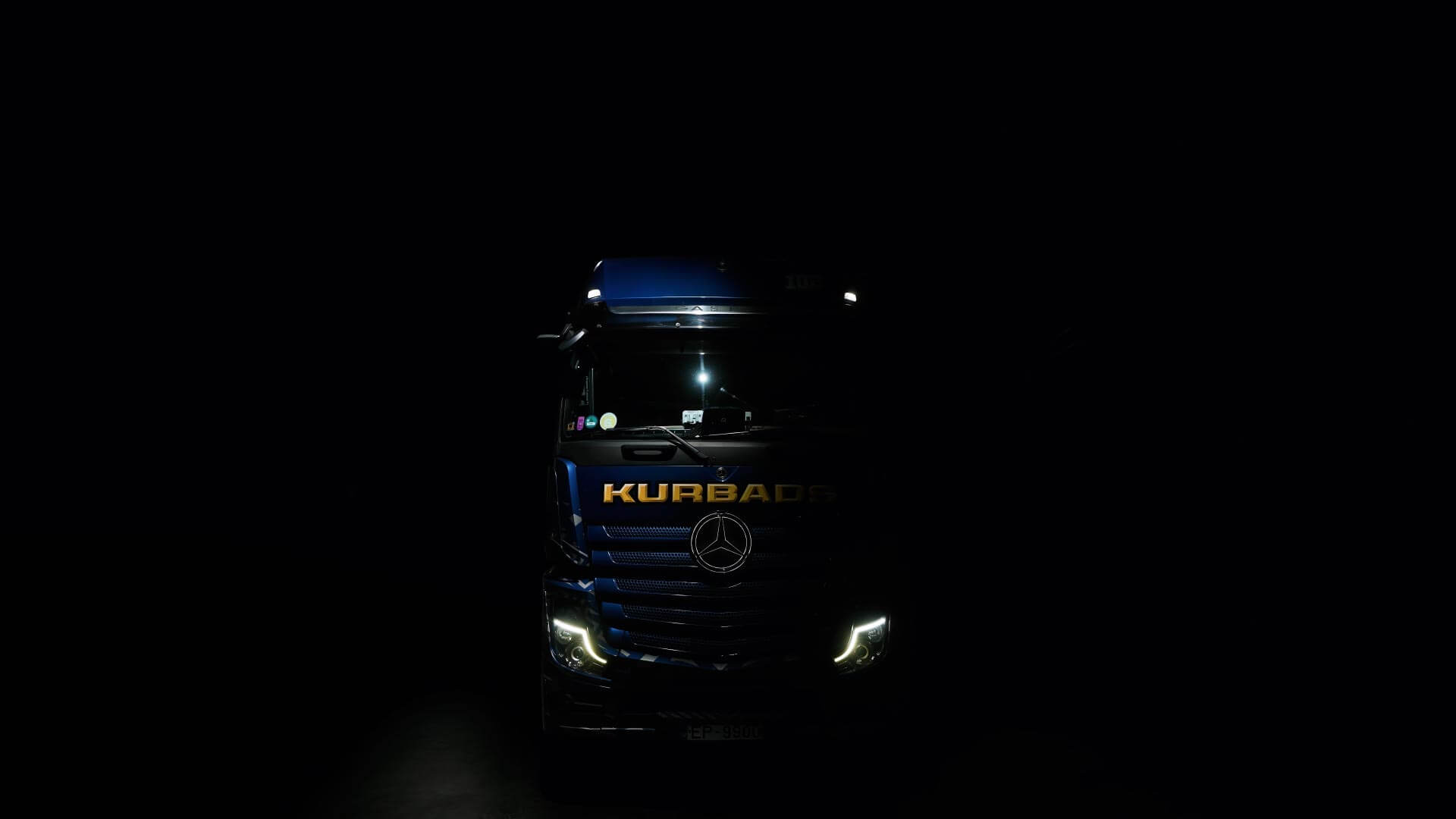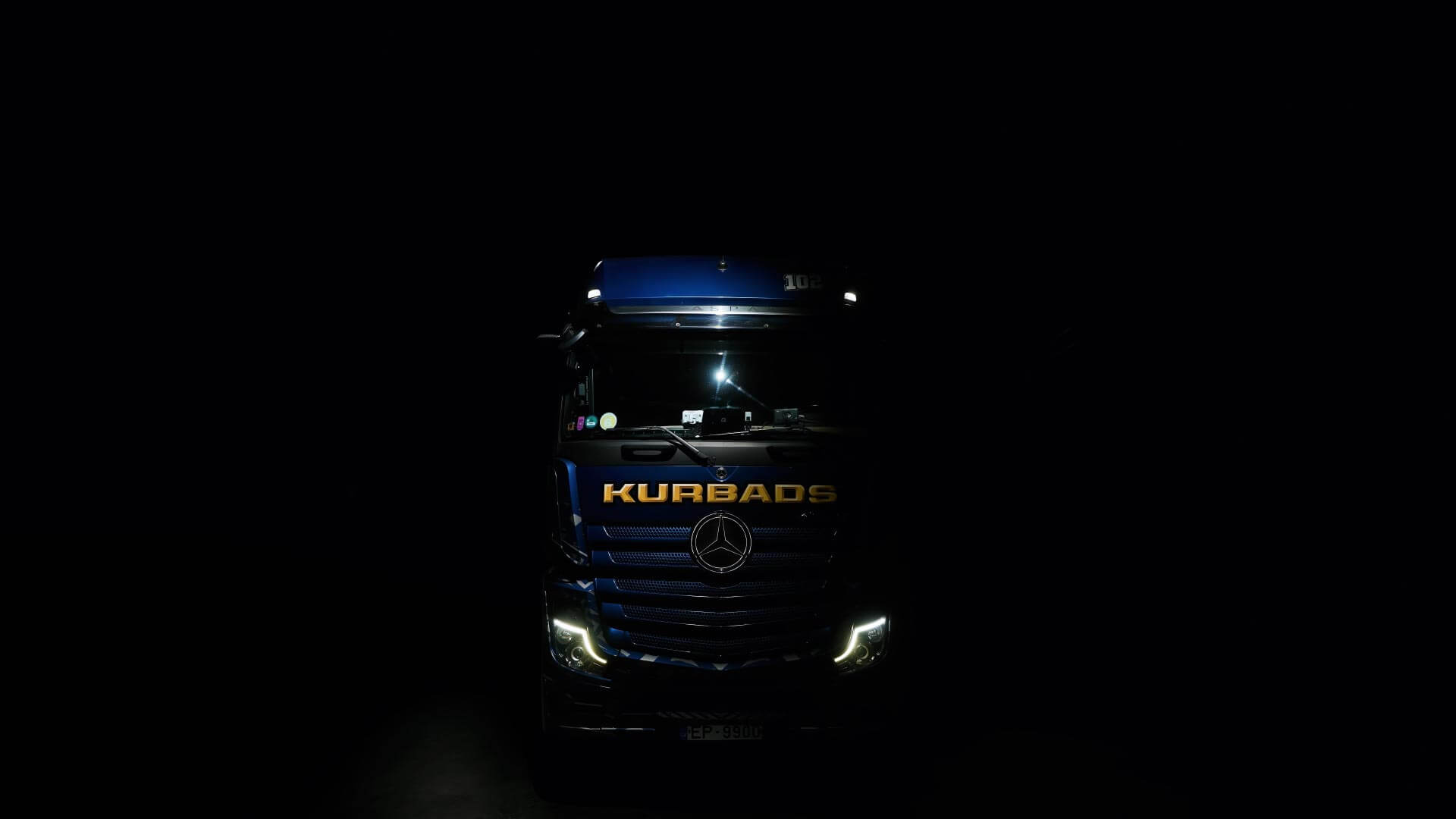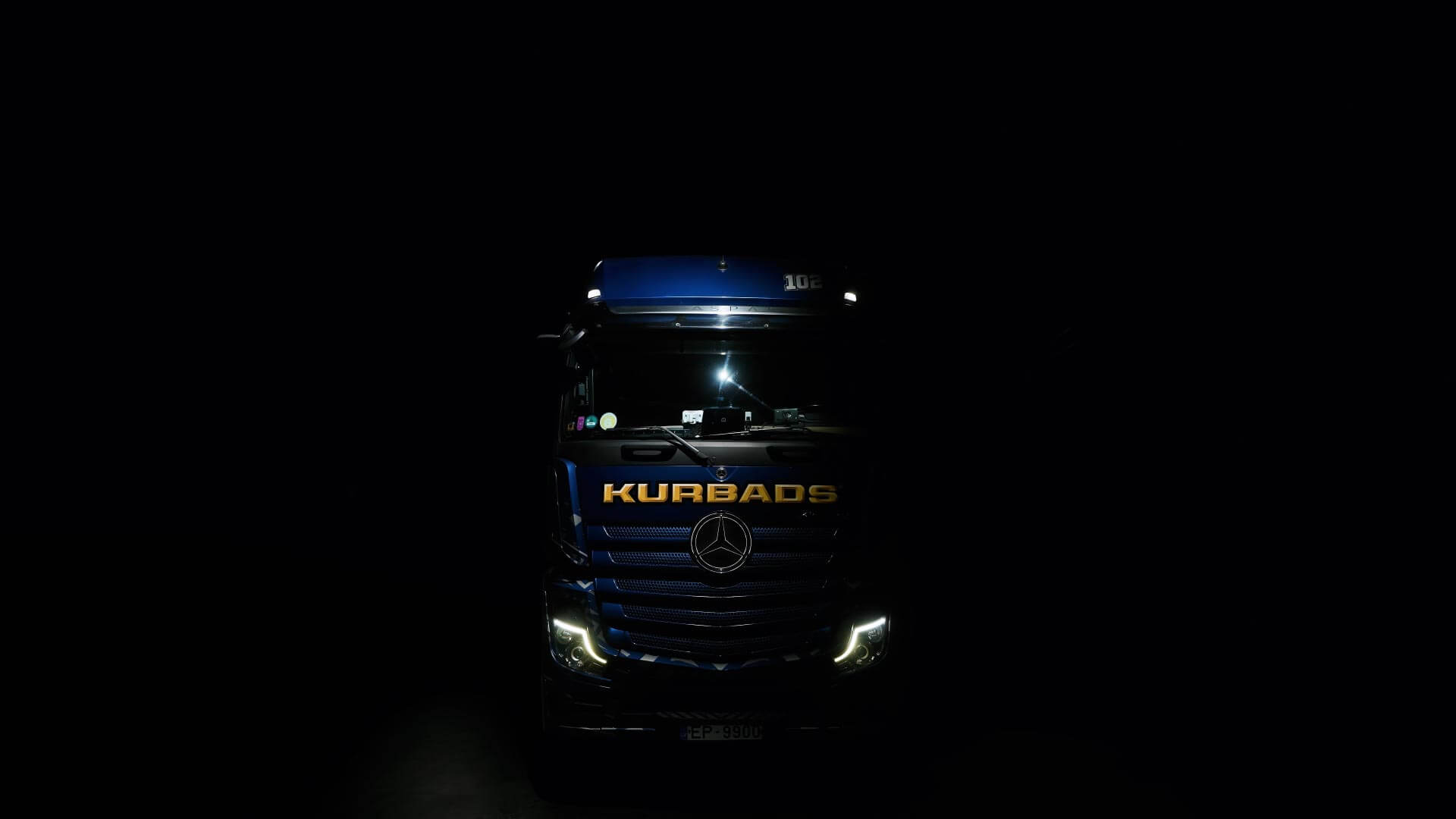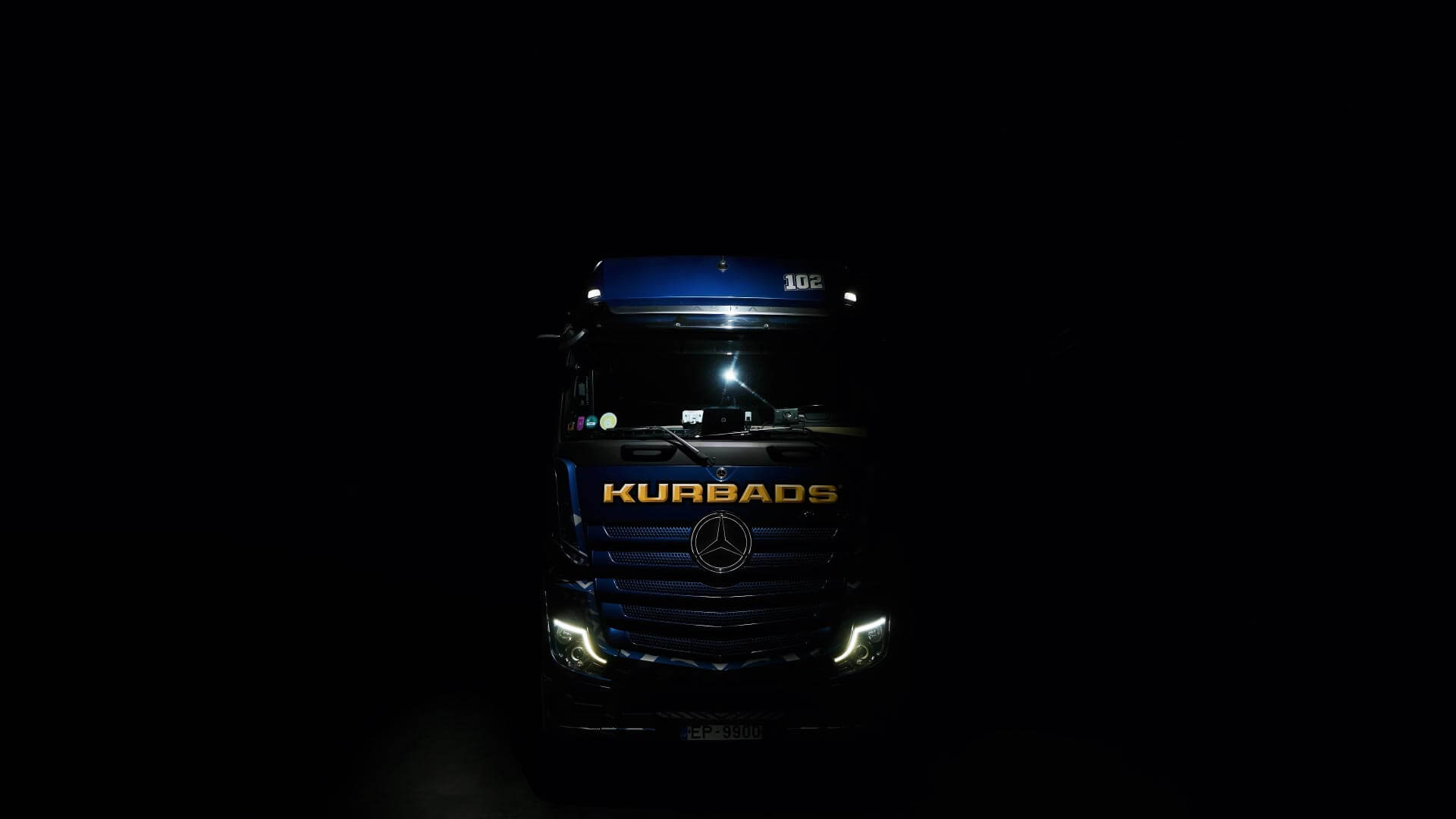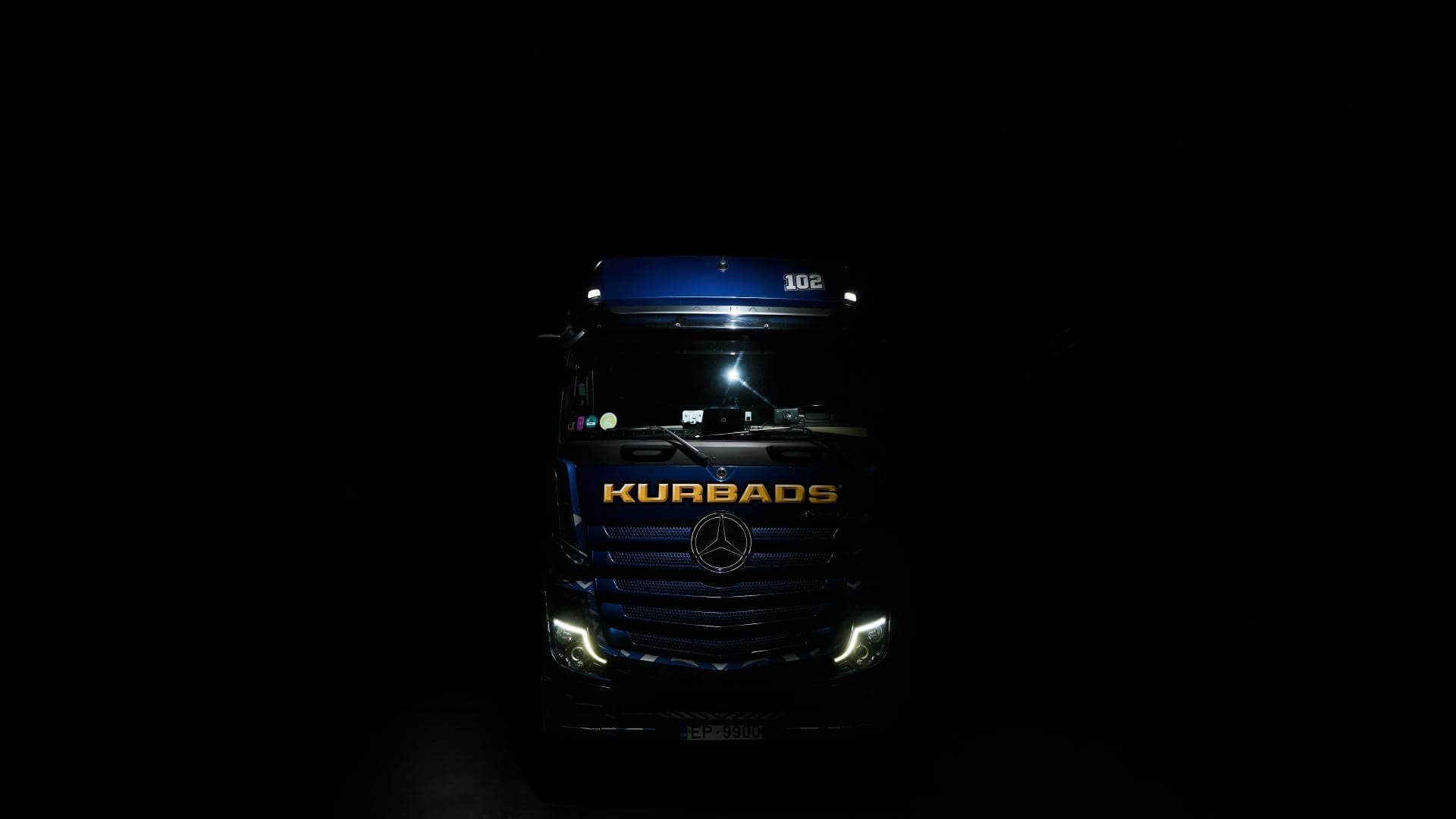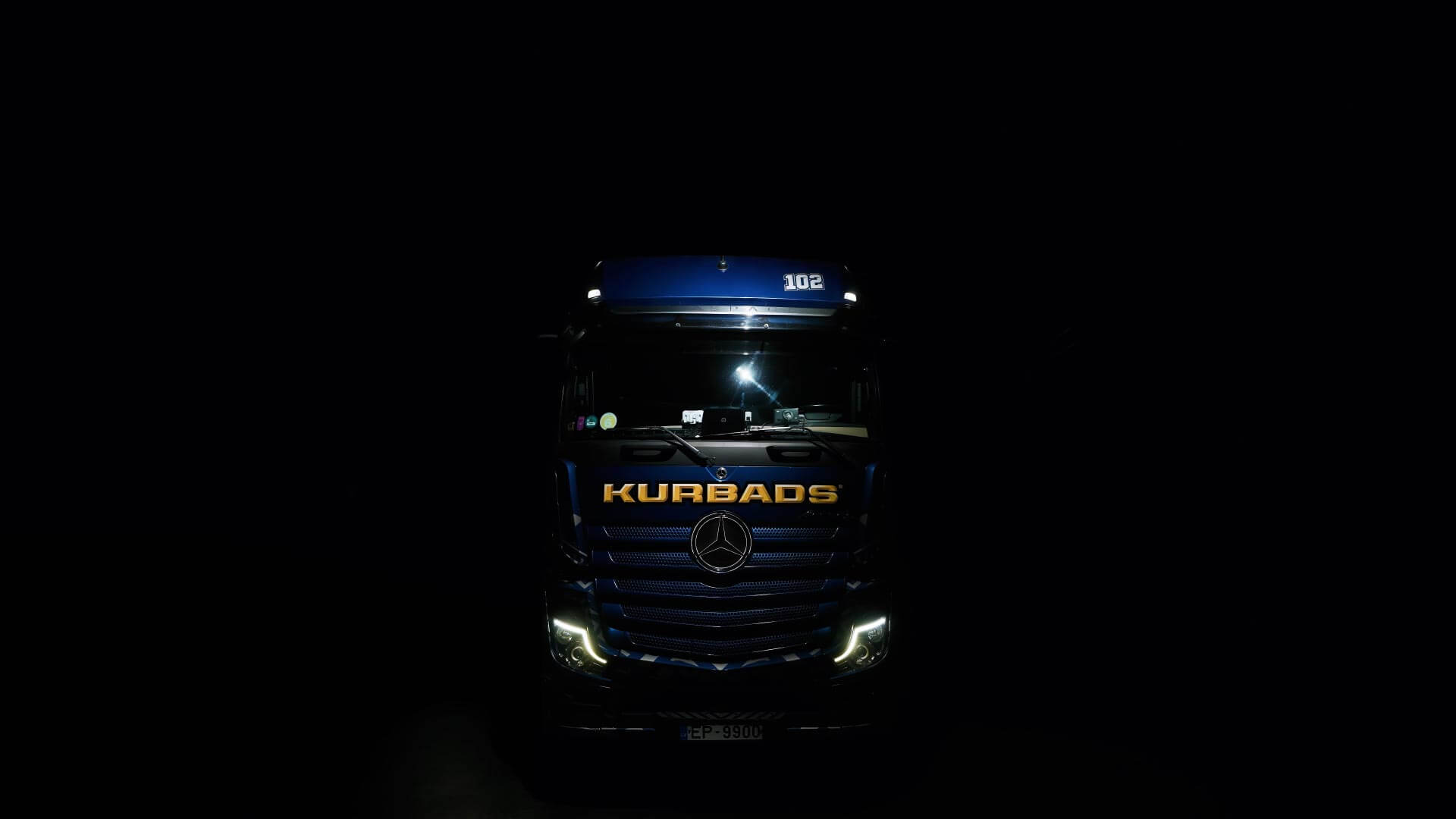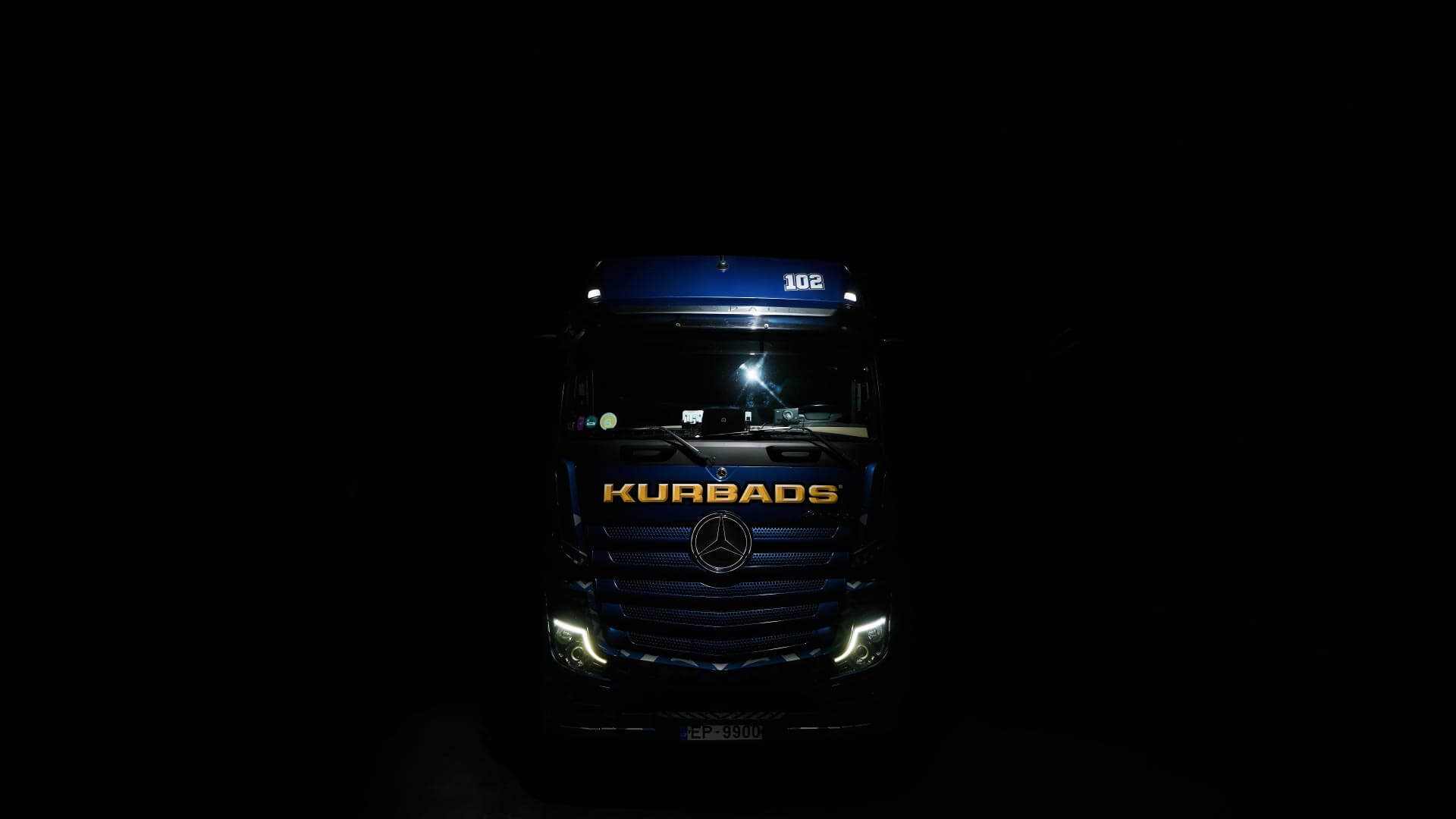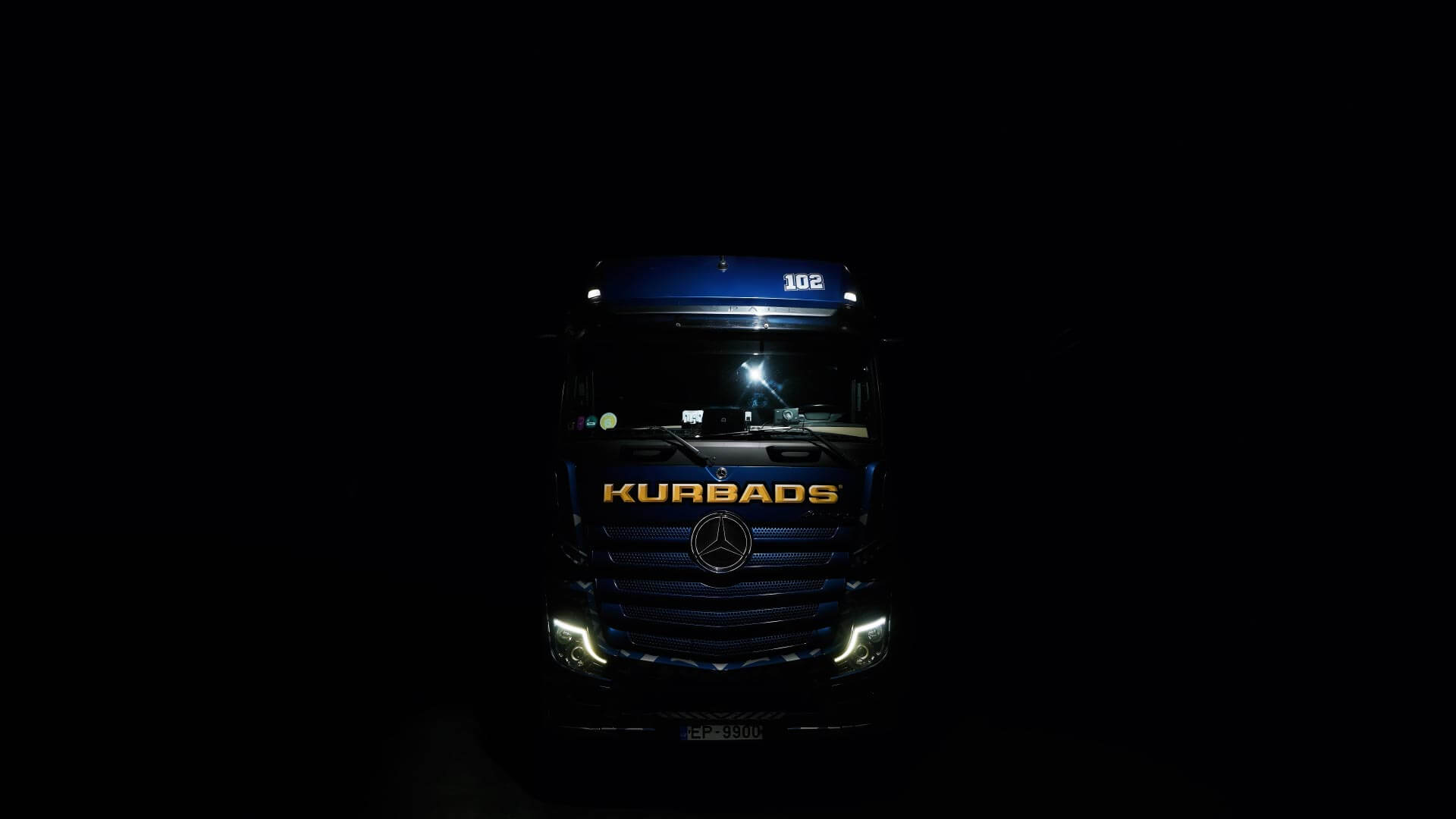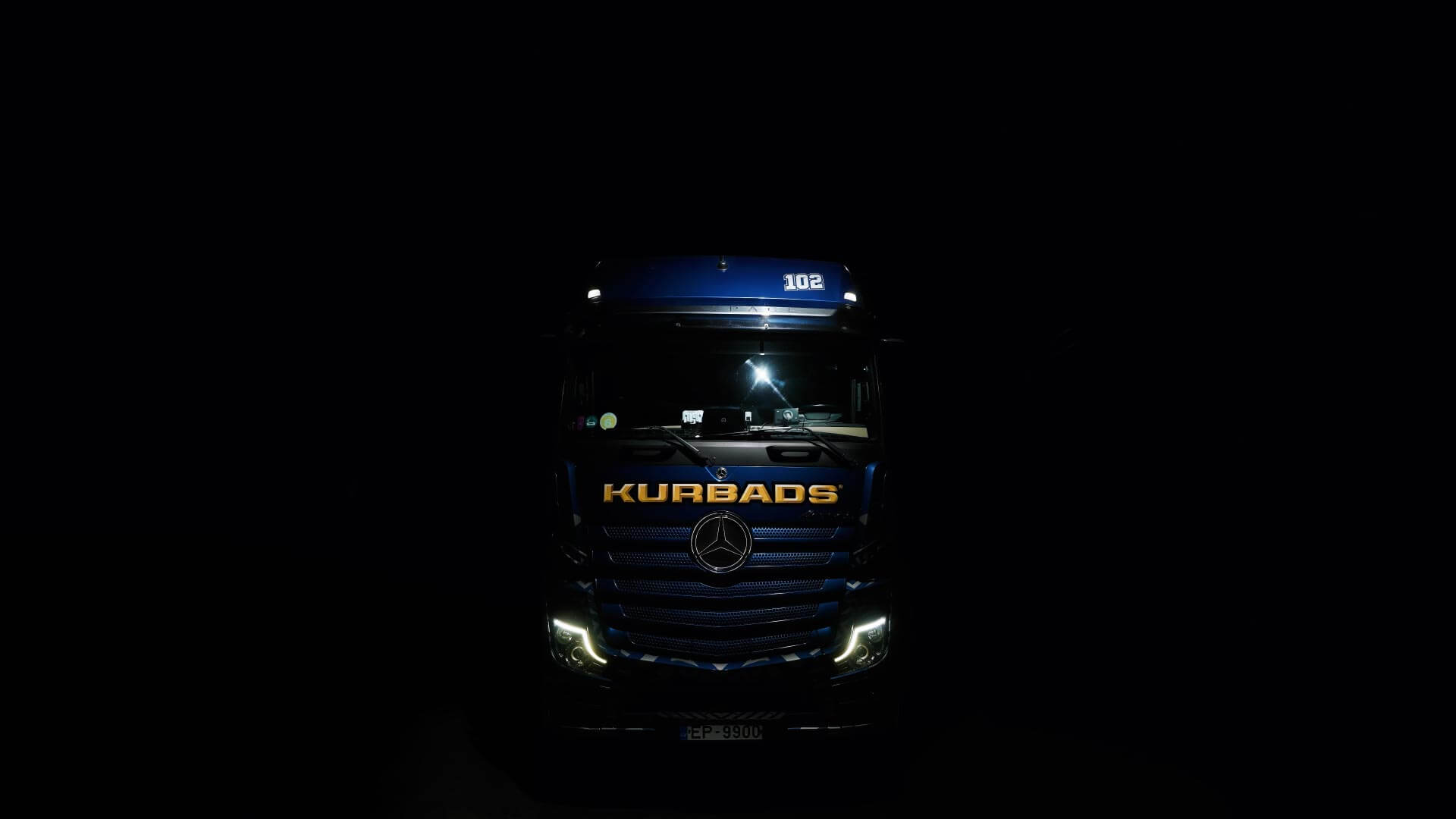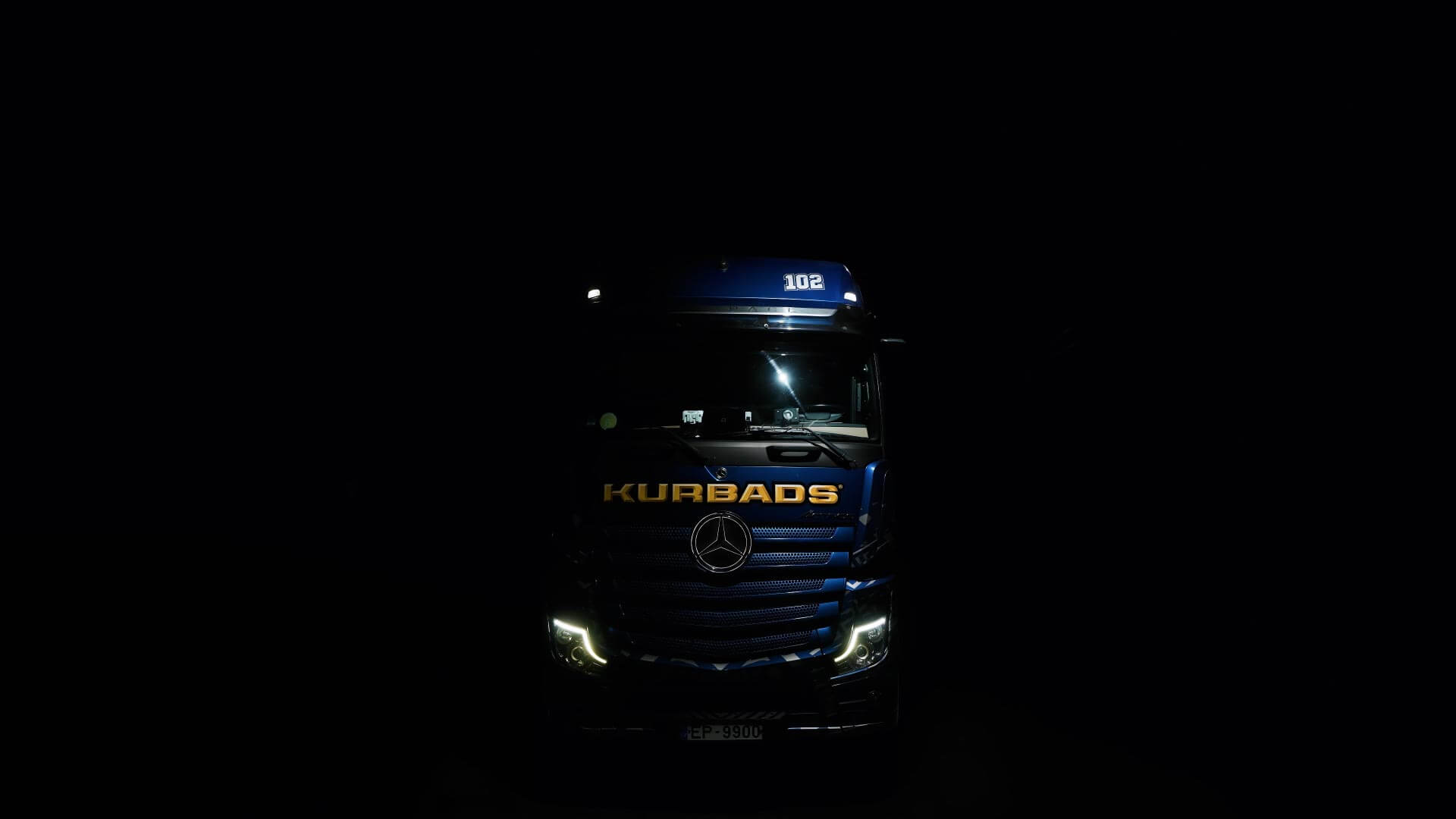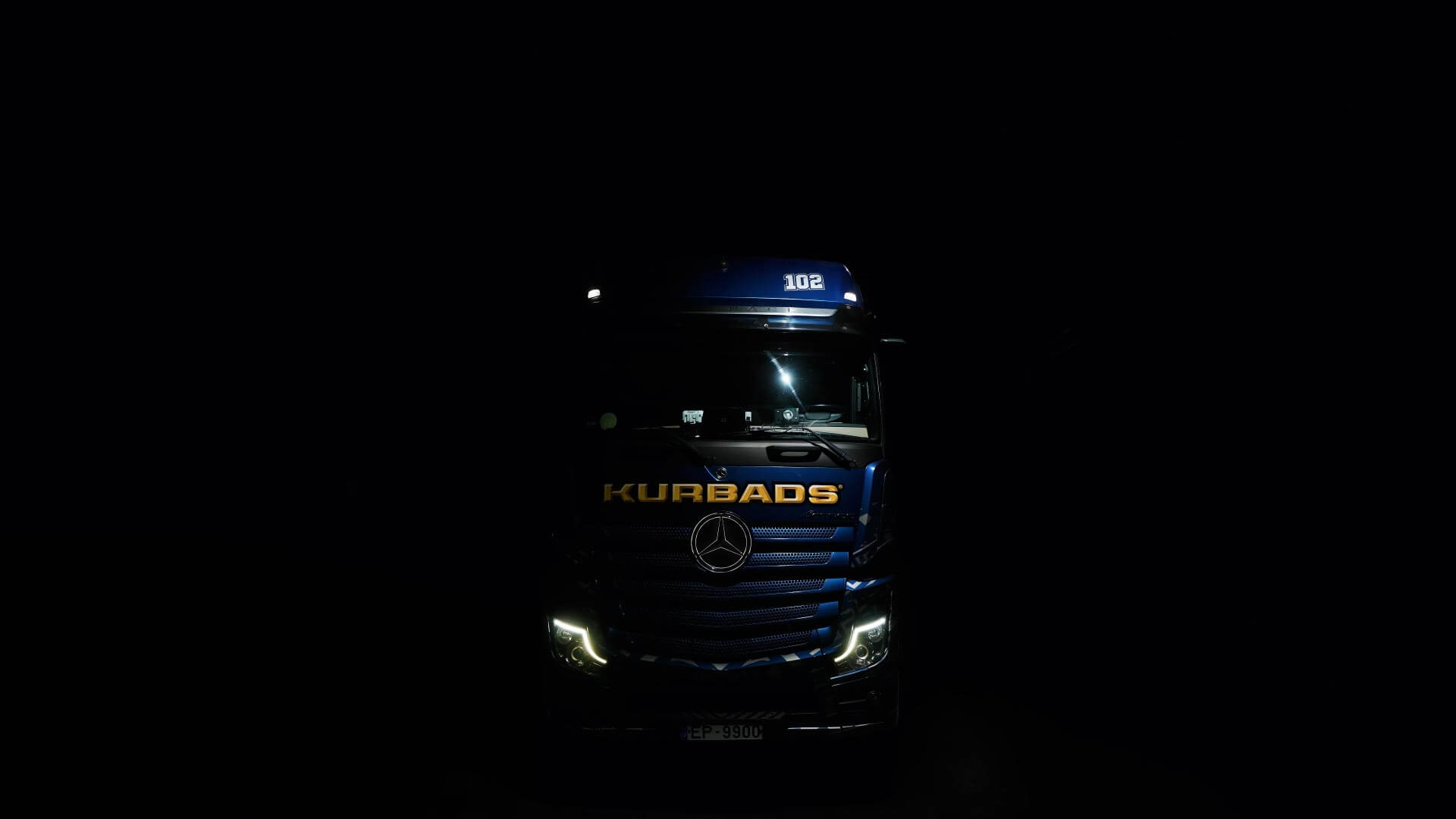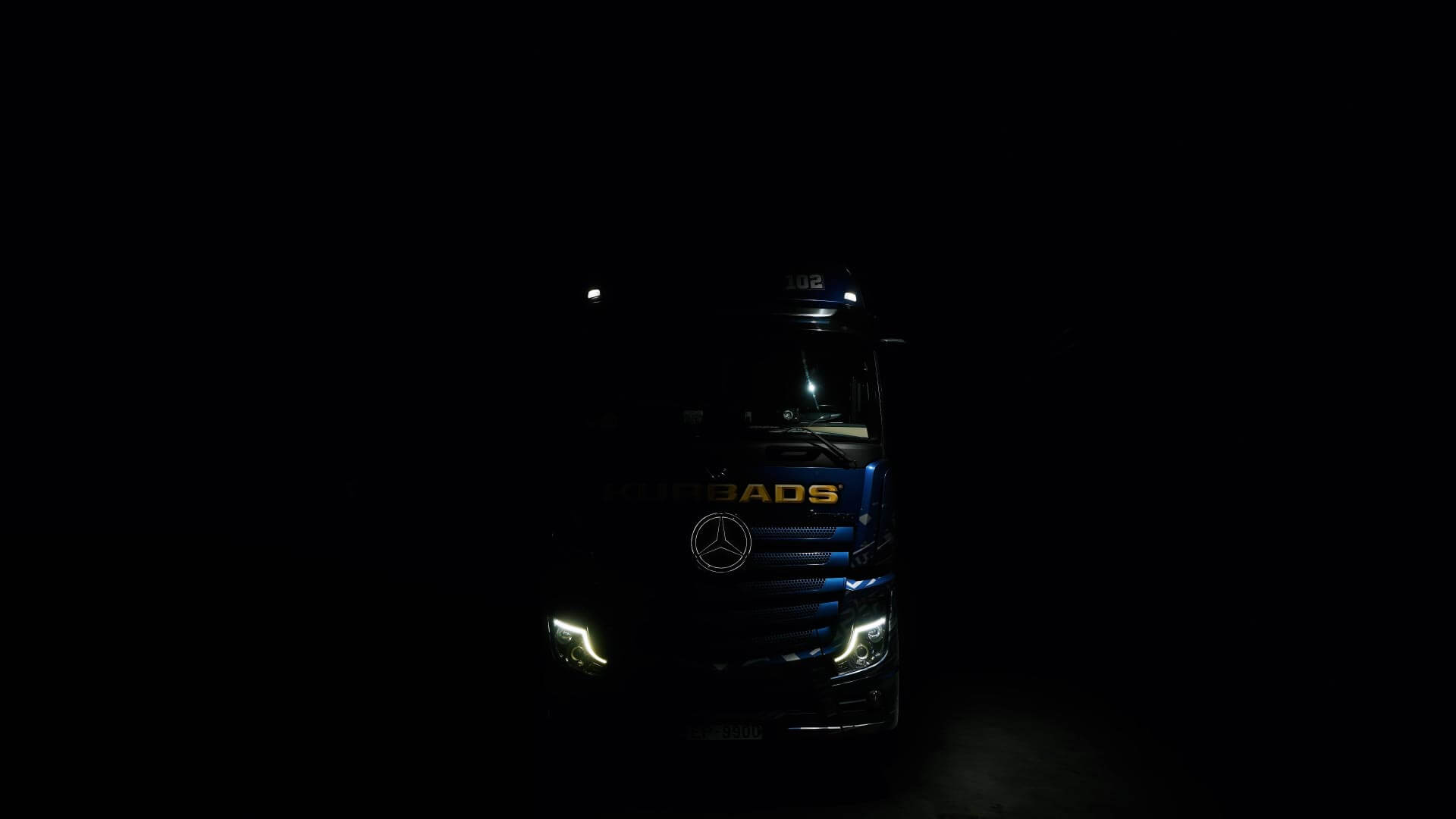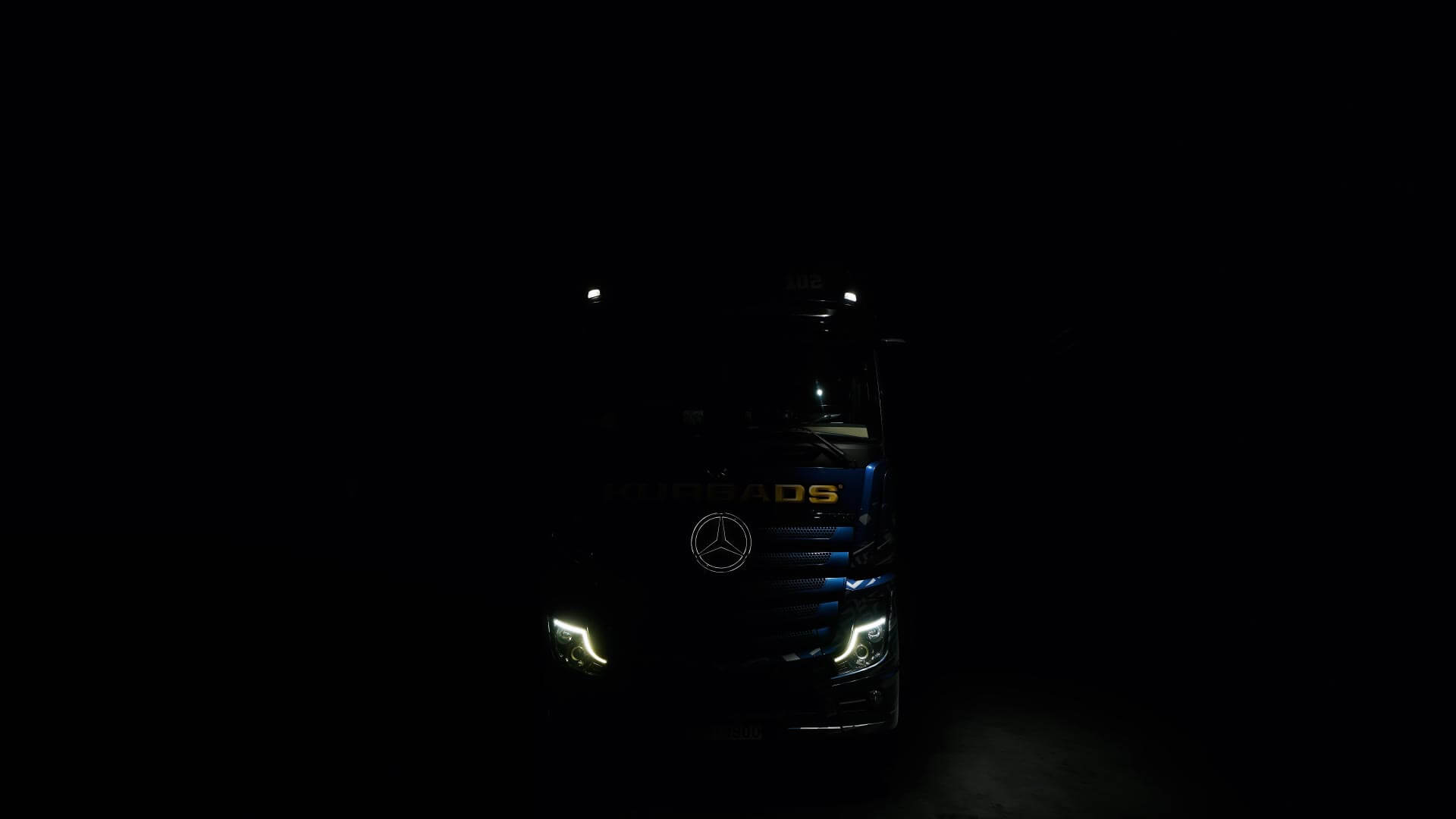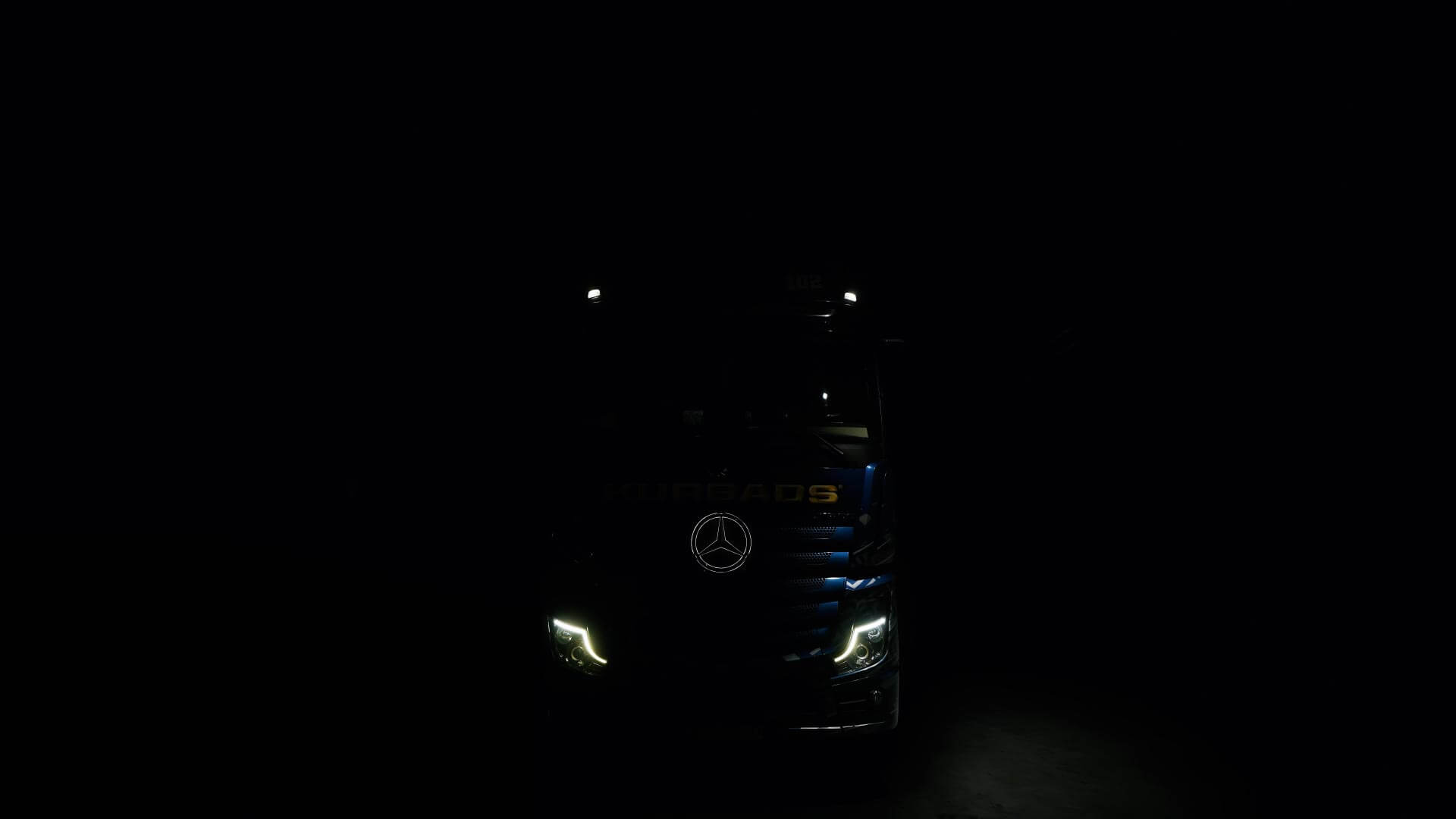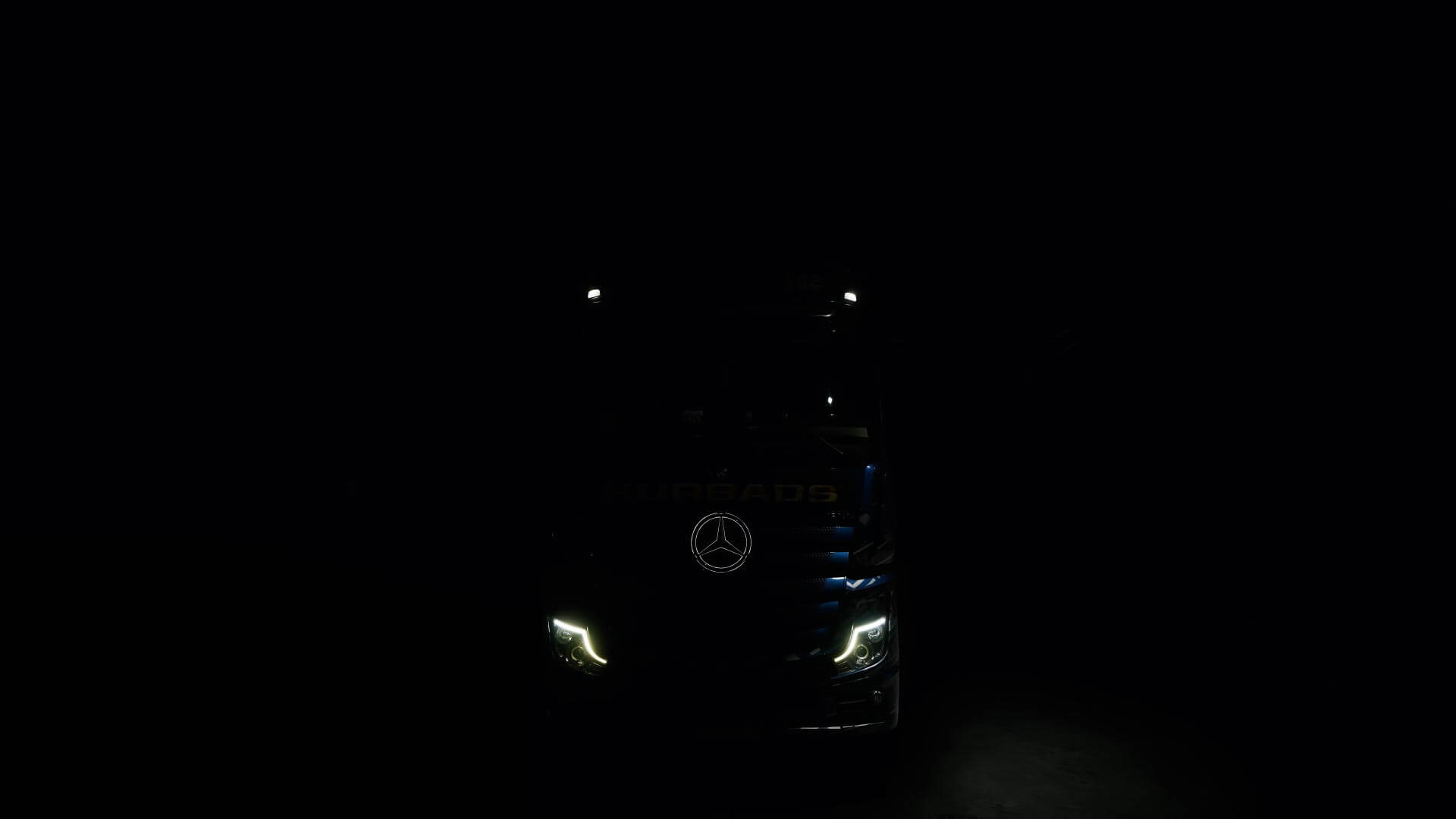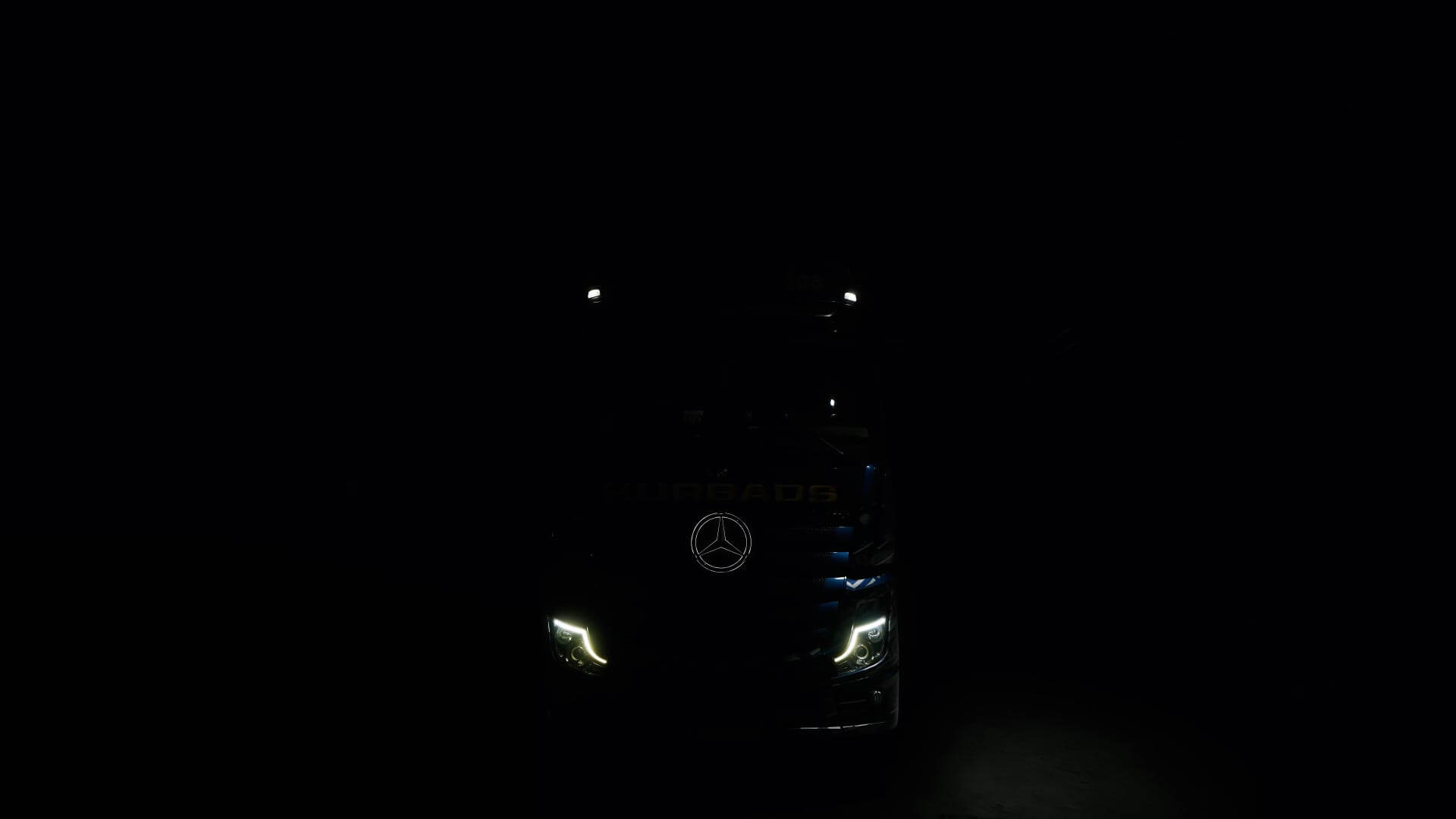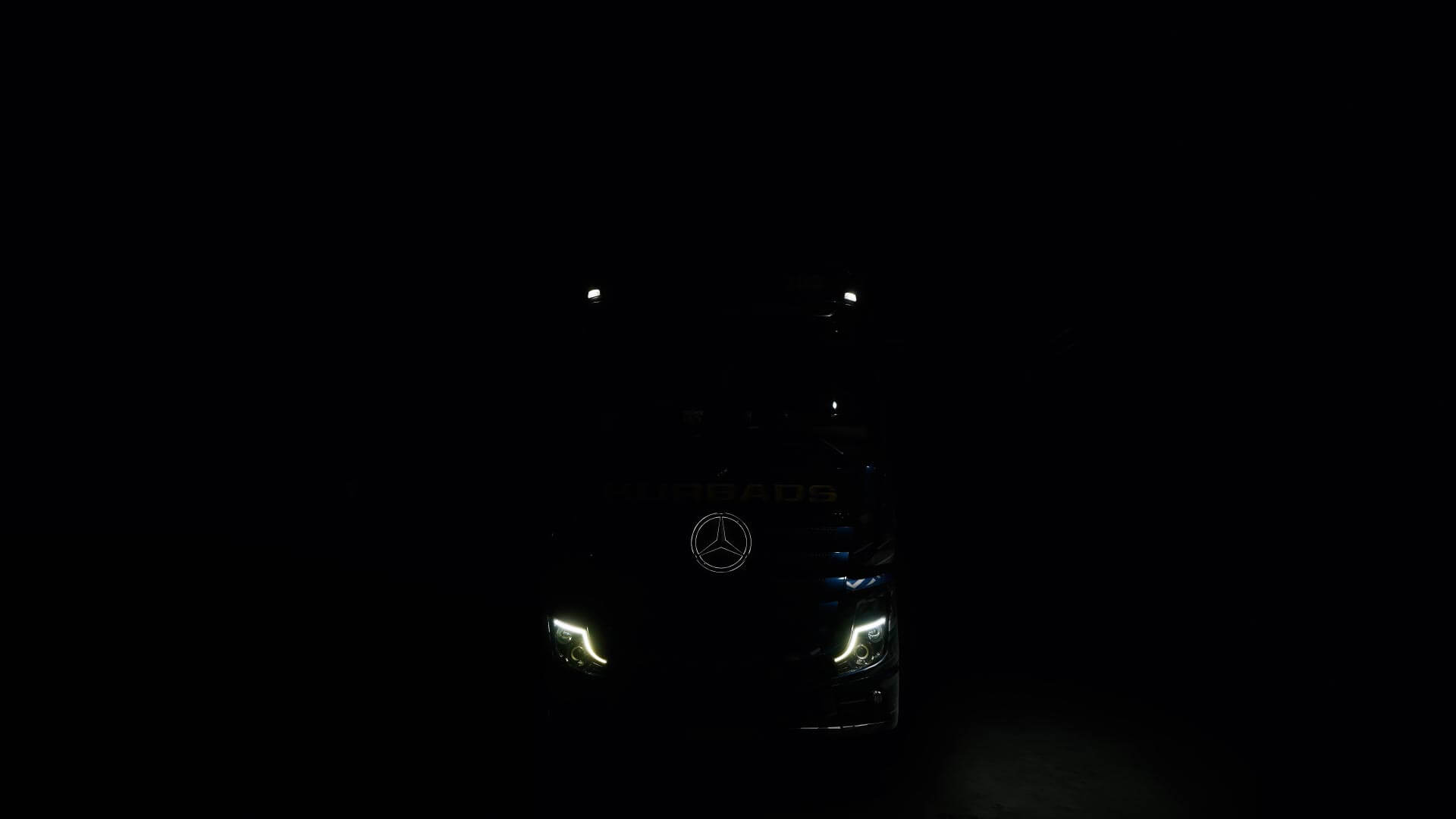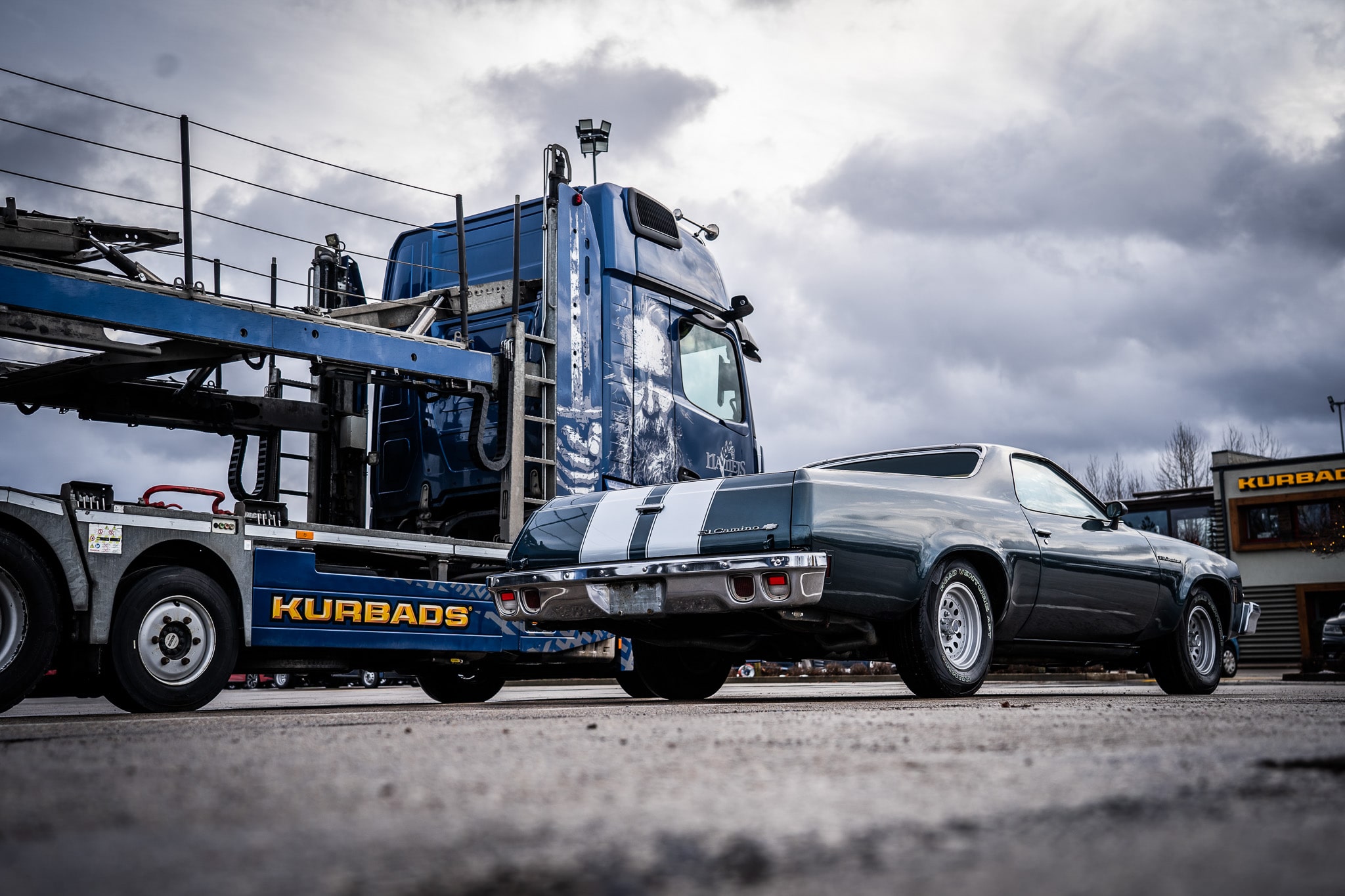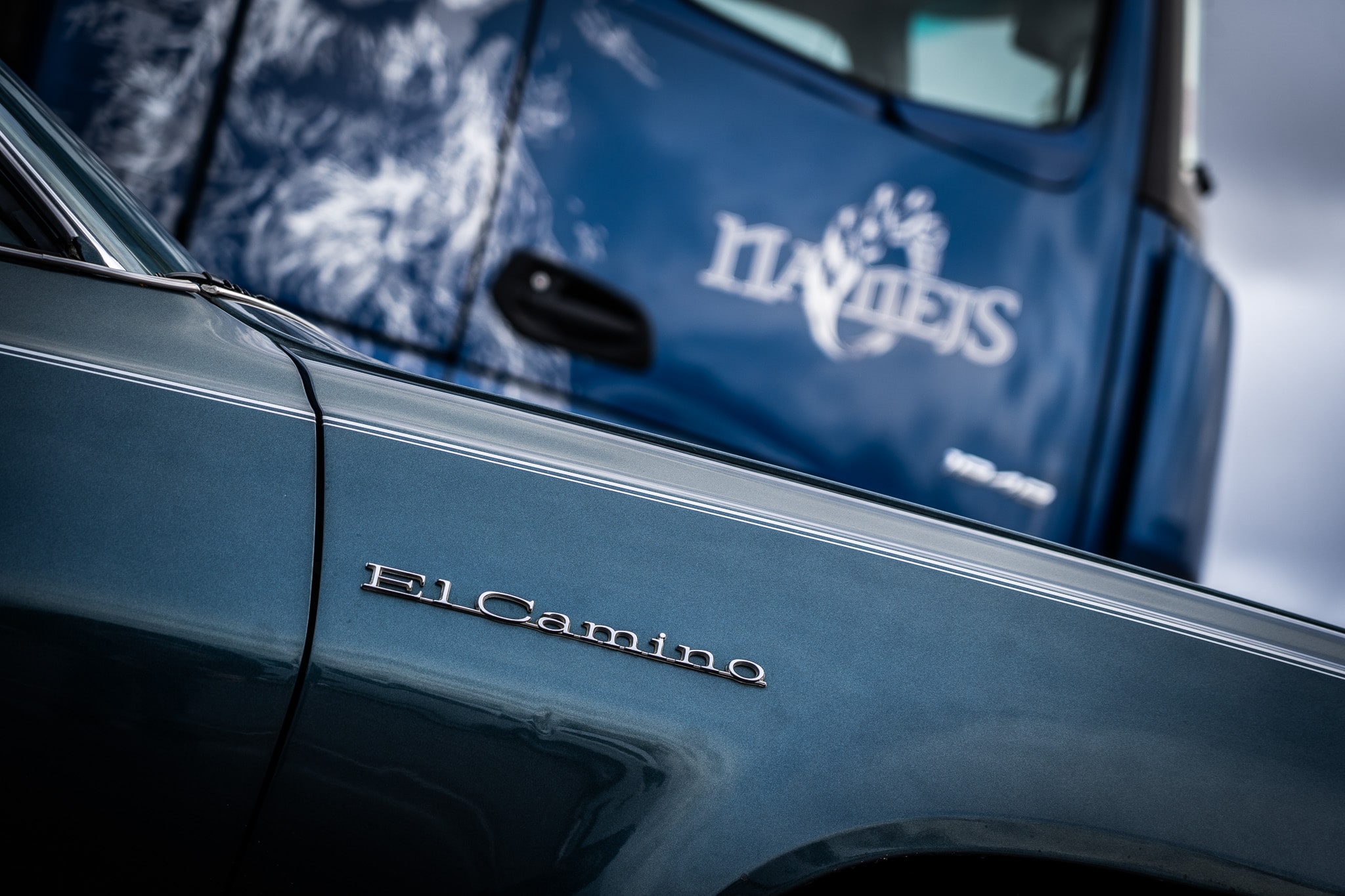Kurbadsin tukikohdassa Chevrolet El Camino 1973
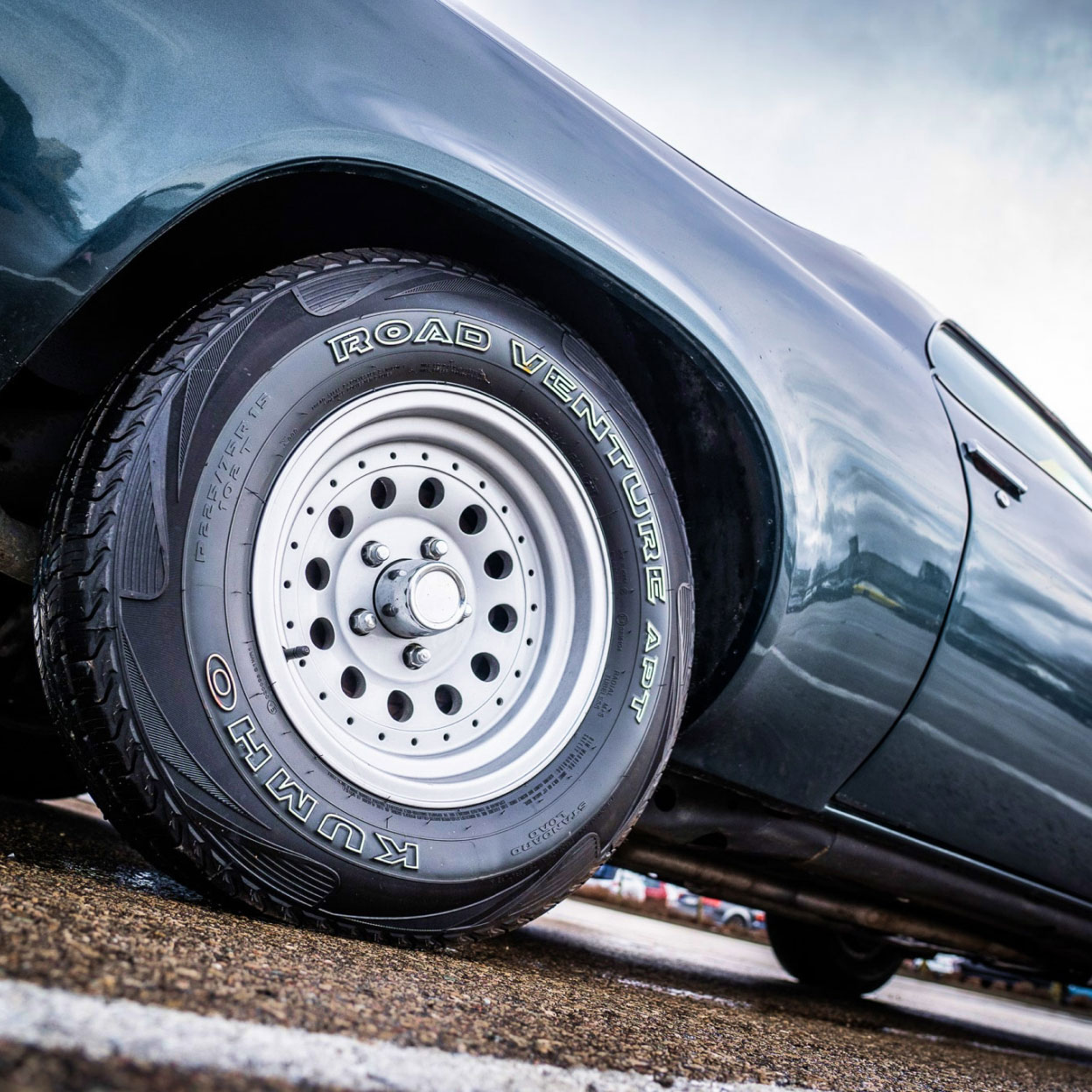
Kuinka General Motorsin urheilullinen pickupista tuli ensimmäinen muskeliauto, jossa on tavaralava, amerikkalaisen autodesignin edustava ikoni.
Autokuljetus- ja logistiikkayhtiö Kurbadsin rahtiajoneuvot kohtasivat 1970-luvun vastineensa. Chevrolet El Caminossa on kahdeksansylinterinen moottori, joka voi näyttää hyvältä ja tehdä jotain hyödyllistä.
“Raul!!!”
Unohtumaton kohtaus mustasta komediasta The Mexican! Brad Pittin melko huoleton hahmo menee meksikolaiseen autovuokraamoon ja kieltäytyy uudesta Chryslerista kysyen 'jotain enemmän... meksikolaista?' Tämän keskustelun jälkeen Jerry saa avaimet 30-vuotiaaseen Chevrolet El Caminon epäilyttävän näköisiltä miehiltä, varustettuna suurella V8-moottorilla ja kaikilla ongelmilla, joita elokuvan dynaaminen juoni kaataa nuoren miehen päälle.
Meidän pitäisi heti huomauttaa, että Kurbadsin kokoelmassa oleva esimerkki on kaukainen, uudempi sukulainen "sille" El Camino. Antiikkinen pistooli, jota Jerry etsi, aseen myyjän vahingossa syntynyt ruumis ja tuntemattoman rodun verikoira kohtasivat kolmannen sukupolven 1969 El Caminossa, kun taas täällä meillä on neljännen sukupolven pickup, joka syntyi vuonna 1973.
Vuosien 1964 ja 1987 välillä El Camino -malli kävi läpi neljä sukupolvea plus aivan ensimmäisen, joka kesti vain kaksi kautta, vuosina 1959 ja 1960. Koska El Camino'n ulkonäkö muuttui usein jopa kerran vuodessa, on helppo hämmentyä muotoilujen ja moottorien moninaisuudesta.
Kaikki variantit eivät olleet yhtä menestyneitä, mutta tämän Chevrolet-ajoneuvon pitkä käyttöikä on täydellinen linjassa sen nimen kanssa, joka espanjaksi kääntyy 'tieksi'.
Jäädä paitsi debyytistä
Amerikkalainen autoteollisuus on aina ollut tunnettu hullujen ideoiden, epäkäytännöllisten konseptien sekä rohkeuden ja energian tuomisesta tuotantolinjalle. 1960-luvulla General Motorsin muotoiluosasto oli lahjakkaan, joskin despoottisen, Harley Earlin johdossa, ja jos hän rakastui johonkin villiin, johdon vakuuttaminen samasta oli vain tekninen tehtävä. Sanotaan, että Earl oli ehdottanut coupe-pickup-ideaa jo vuonna 1952, mutta se lienee osunut väärään kuun vaiheeseen tai hallituksen huonoon tuuleen.
GM nukkui eeppisesti läpi 'coupe utility' -ajoneuvon eli 'uten' keksimisen, jättäen sen luomisen kunnian paljon konservatiivisemmalle Fordille. Amerikkalaiset olivat pohtineet auton ja tavara-ajoneuvon yhdistämistä jo 1920-luvulta lähtien. Legendan mukaan lopullinen sysäys tuli kirjeestä, jonka Fordin johto sai australialaisen maanviljelijän vaimolta – hän pyysi autoa, 'jolla ajetaan kirkkoon sunnuntaina ja viedään sikoja markkinoille maanantaina'. Ford Ranchero tuli markkinoille vuonna 1957, kaksi vuotta ennen El Caminoa.
Chevrolet El Camino 1973 Kurbadsin altaassa
Ei kehystä, ei tonnia
Nykyaikaisesta näkökulmasta katsottuna kevyen kaksipaikkaisen pickup-kuorma-auton idea ei kuulosta kovin hullulta, puhumattakaan ideasta, joka olisi miljoonien arvoinen. Mutta 1950-luvun lopulla monet yllättyivät suunnitelmasta rakentaa pickup, ensisijaisesti hyötyajoneuvo, käyttämällä farmariautoa perustana sen kantavan yksikkörungon kanssa, sen sijaan että käytettäisiin perinteistä pickup-runkorakennetta.
Rehellisesti sanottuna, ainakin alussa Rancheron ja El Caminon tavaratilan kapasiteetti oli naurettavan pieni, enimmäkseen vain muutama sata kilogrammaa. Se ei ollut jotain, mitä voisit käyttää polttoaineen kuljettamiseen metsäkoneelle tai puimurille.
Siitä huolimatta kuvissa Kurbadsin 'Namejsin' vieressä näkemäsi ajoneuvo ei ole missään nimessä heikko. Kiitos tavaralaatikon kaksoisseinien ja -lattian sekä tasoittavien pneumaattisten iskunvaimentimien, jotka ovat olleet El Caminon ominaisuus jo ikuisuuden, myös tunnettuina 'ilmaiskareina', takana, auto pystyi kantamaan 1250 paunaa eli noin 570 kiloa. Ei huono!

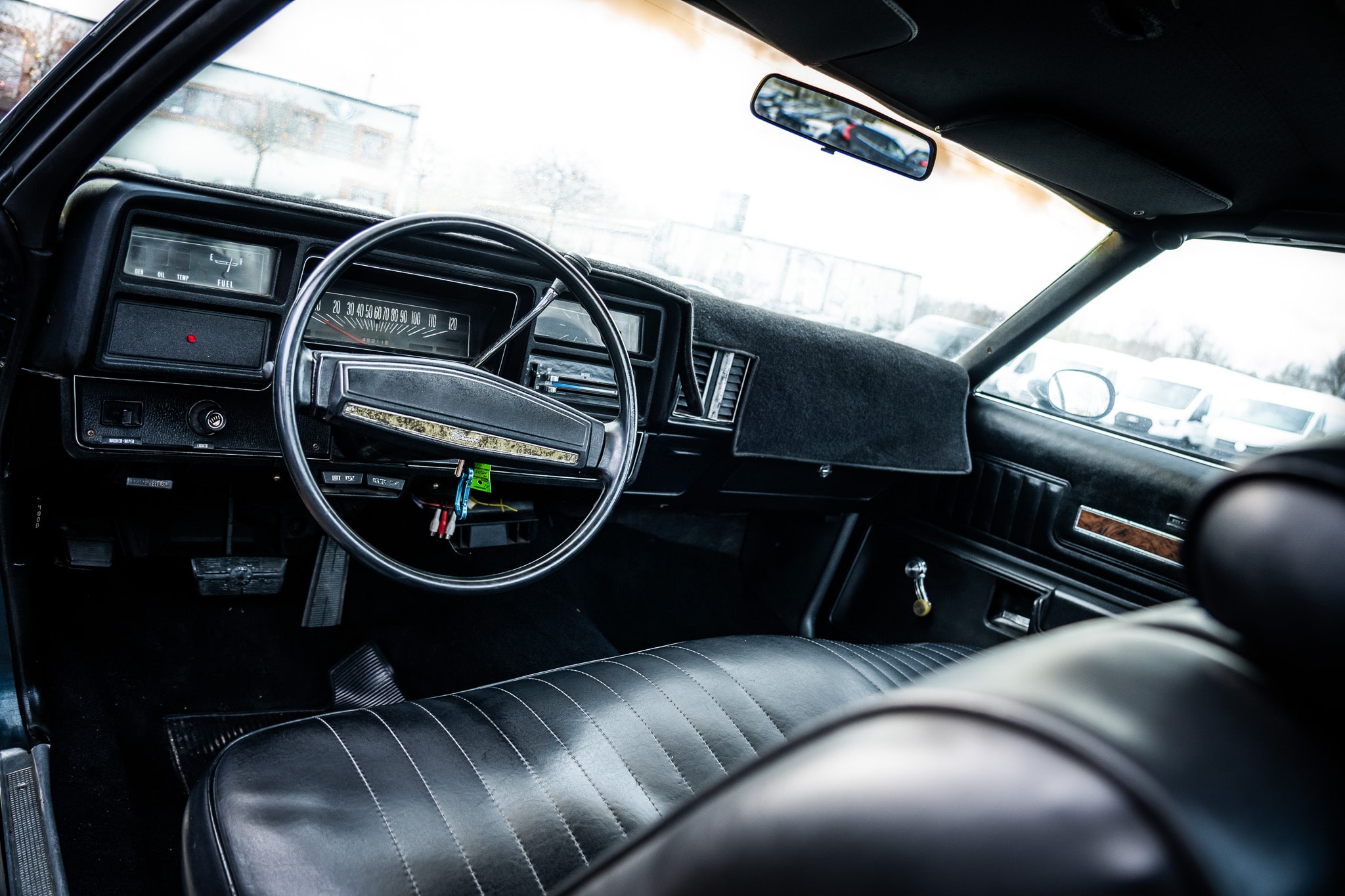
Kun avaat oven, näet Fisher Bodyn logon sivupöydällä. Tämä yritys valmisti 70 vuoden ajan korirakenteita monenlaisille General Motorsin ajoneuvoille. Vaikka General Motors otti Fisherin veljesten liiketoiminnan kokonaan haltuunsa vuonna 1926, vanhan Detroitin teollisuusjohtajat antoivat Fisher Bodyn logon näkyä Chevroleteissa, Oldsmobileissa ja Cadillaceissa kunnioituksesta näitä energisiä paikallisia teollisuusmiehiä kohtaan aina vuoteen 1984 asti, jolloin "sininen vaunu" -metallipuristimet suljettiin lopullisesti. Todellisuudessa logo säilyi hieman pidempään.
Maailman nopein kurpitsa
Ja näin syntyi Earl's unelma coupe-pickup, jossa ensimmäisen sukupolven virheet korjattiin siististi ja tuotteen houkuttelevat ominaisuudet viestittiin taitavasti ostajille. Mutta kuinka El Camino muuttui käytännöllisestä jokapäiväisestä autosta kulttiajoneuvoksi, jossa on kaksi leveää raitaa konepellillä?
Vastaus on yksinkertainen: voima. Chevrolet markkinoi alun perin El Caminoa kunnallisena ajoneuvona, jossa oli matalatehoiset kuusisylinteriset moottorit, tarjoten mahdollisuuden varustaa se Chevroletin small-block V8 -moottoreilla, joissa oli noin 200 hevosvoimaa. Teoriassa, koska El Camino perustui keskikokoiseen Chevrolet Chevelleen, sillä oli pääsy suurempiin GM-moottoreihin.
Hevosvoimien läpimurto alkoi 1960-luvun lopulla Super Sport -alumallien esittelyn myötä, joissa kaikissa oli isolohkoinen V8-moottori. Moottorivoiman juhla saavutti huippunsa 1970-luvun alussa. Urheilullisessa pickupissa oli tuolloin suurin ja voimakkain 7,4-litrainen Chevrolet-moottori, jossa oli 450 hevosvoimaa, mikä tarkoitti, että tavaratilan kurpitsat huomasivat pian voivansa lentää neljännesmailin alle 13 sekunnissa.
Suoralla tiellä El Camino pystyi kulkemaan jopa 171 km/h, ja muista, että tehokkaiden pickupien kulta-aika oli vielä edessä. Vaikka vuoden 1973 öljykriisi ja sitä seurannut tehostandardin tarkistus poistivat tehokkaimmat V8-moottorit ja Corvette-tason hevosvoimat El Caminon katalogeista, auto oli jo saavuttanut maineen maailman ensimmäisenä muscle-pickupina.
Ironisesti, tällä kertaa Ford, tämän luokan pioneeri, jäi paitsi mahdollisuudestaan, kun se toi suuret moottorit Rancheroonsa myöhemmin kuin Chevrolet. 7,5-litrainen tai 460 kuutiotuuman moottori ilmestyi 'rancheriin' vasta 1970-luvun puolivälissä, kun massiivinen siirtyminen lyijyttömään bensiiniin alkoi, mikä riisti legendaarisilta 'big blockeilta' niiden entisen eeppisen voiman alhaisempien puristussuhteiden vuoksi. El Caminon 7,4-litrainen V8:kin tuotti vain 245 hevosvoimaa vuonna 1975. Tästä huolimatta kolmannen sukupolven El Camino osoittautui suosituimmaksi, sillä viiden vuoden aikana myytiin 250 000 autoa.
Tausta hahmo
El Caminomme syntyi juuri siinä rajapinnassa, jossa 'vanhat hyvät ajat' kohtasivat tiukemmat pakokaasupäästöjen säännöt ja vielä tiukemmat matkustajien turvallisuusvaatimukset. Neljännen sukupolven pickup on kaikkien aikojen suurin ja turvallisin El Camino, jossa on lisättyjä oven liukukiskoja, kehyksettömiä sivuikkunoita, parannettu äänen eristys ja katalysaattorit, jotka asennettiin kaikkiin moottoreihin. Jotkut moottorit olivat täysin heikkoja, ja pienin kuusisylinterinen yksikkö tuotti vain 105 hevosvoimaa, kun taas kerran mahtava 7,4-litrainen blockbuster nosti tehoa 215 hevosvoimaan – vaatimaton nykyisten standardien mukaan.
"350" etusiivessä osoittaa, että tämä El Camino on varustettu suosituimmalla 350 kuutiotuumaisella tai 5.7-litraisella V8-moottorilla (175 hevosvoimaa), kun taas ylpeästi pystyssä oleva vipu ohjauspyörässä kertoo, että tässä on ainoa saatavilla oleva kolmiportainen Turbo-Hydramatic-automaattivaihteisto. Tämä El Camino osoittautui hitaaksi, koska konepellin alla oleva valinta oli saavuttanut Chevrolet-pickupien uran matalan kohdan, ja rehellisesti sanottuna coupésta ei ollut paljoa jäljellä muotoilun osalta.
Sen elokuvaesiintymiset eivät menestyneet hyvin. Elokuvassa The Bodyguard Kevin Costner ajaa vuoden 1982 El Caminolla, joka on mallin viides ja viimeinen sukupolvi. Entä Kill Bill 2? Ei, siinä on vuoden 1979 versio. Ehkä Breaking Badissa? Ei myöskään, siinä on vuoden 1981 El Camino. Mutta on toinenkin tapa katsoa tätä kaikkea. Huolimatta vaikeuksista, Chevrolet El Camino ylitti pääkilpailijansa, Ford Rancheron, peräti kahdeksalla vuodella ja onnistui jopa tekemään lyhyen 1980-luvun puolivälin paluun Meksikossa, missä sitä valmistettiin mallin uran loppuun asti. Kuvissa esitetty auto on käytännössä aikansa ensimmäinen crossover, suunniteltu ja rakennettu aikana, jolloin tätä termiä ei ollut vielä keksitty.






















